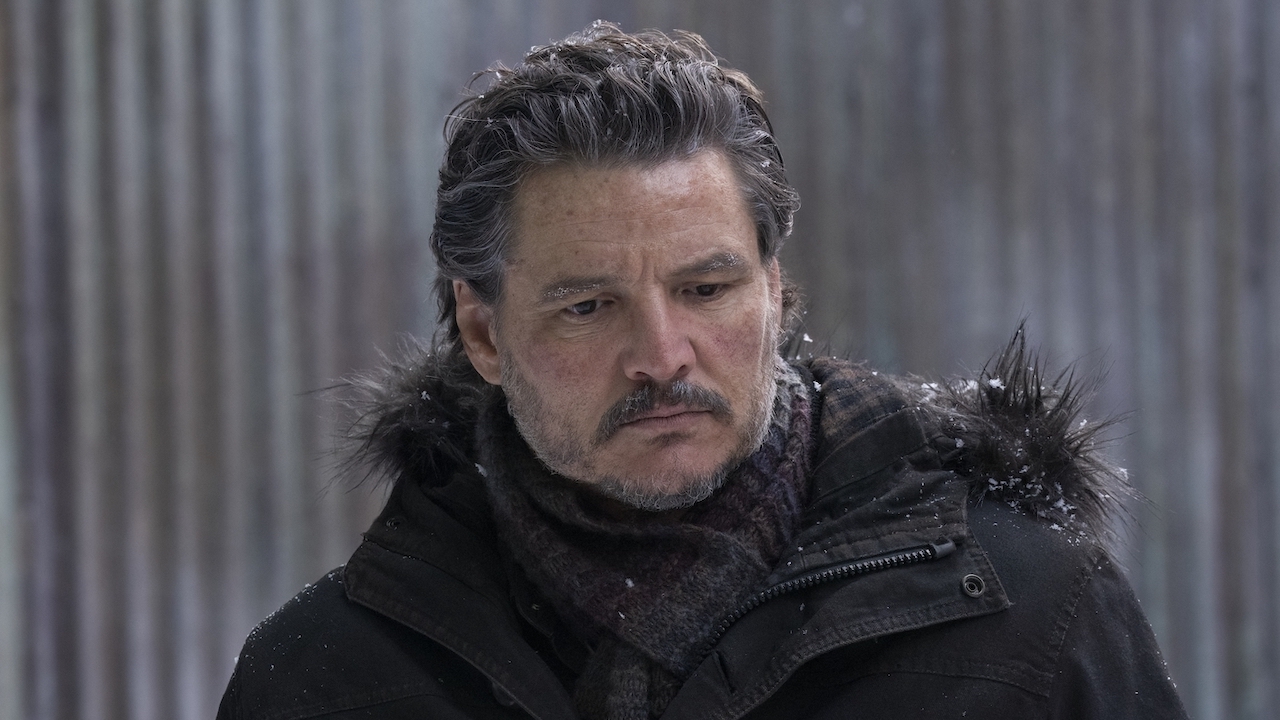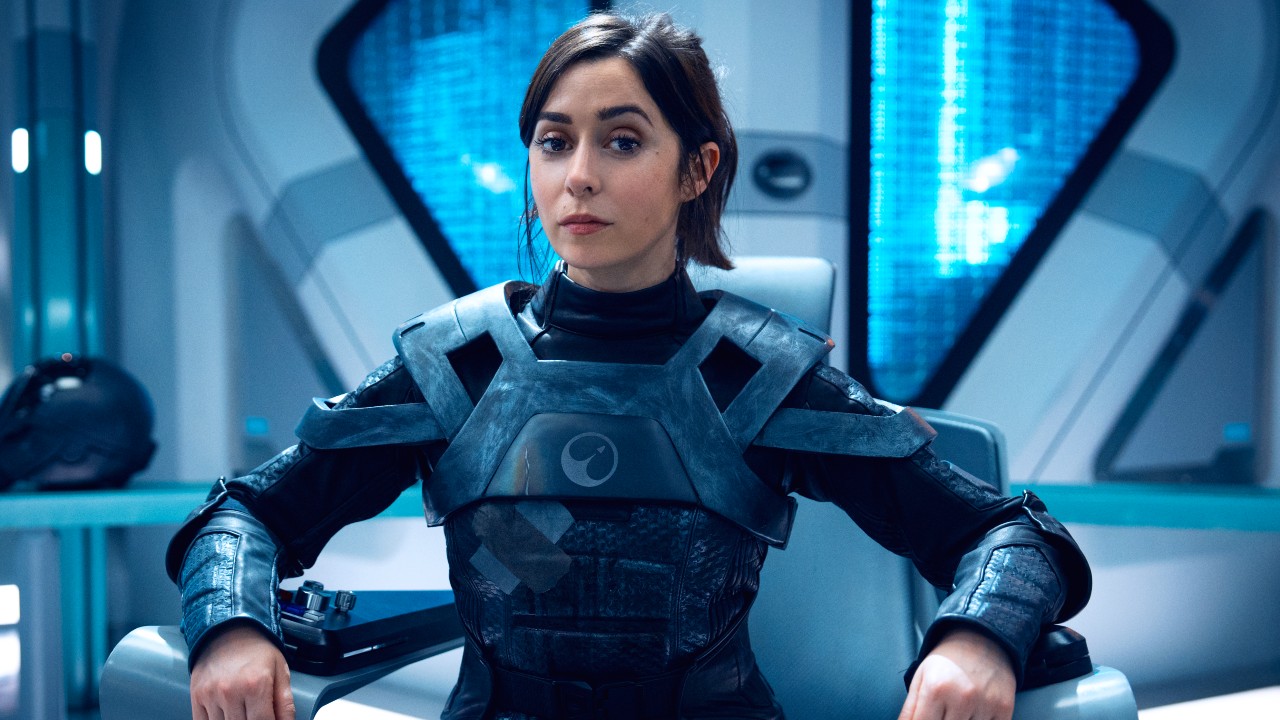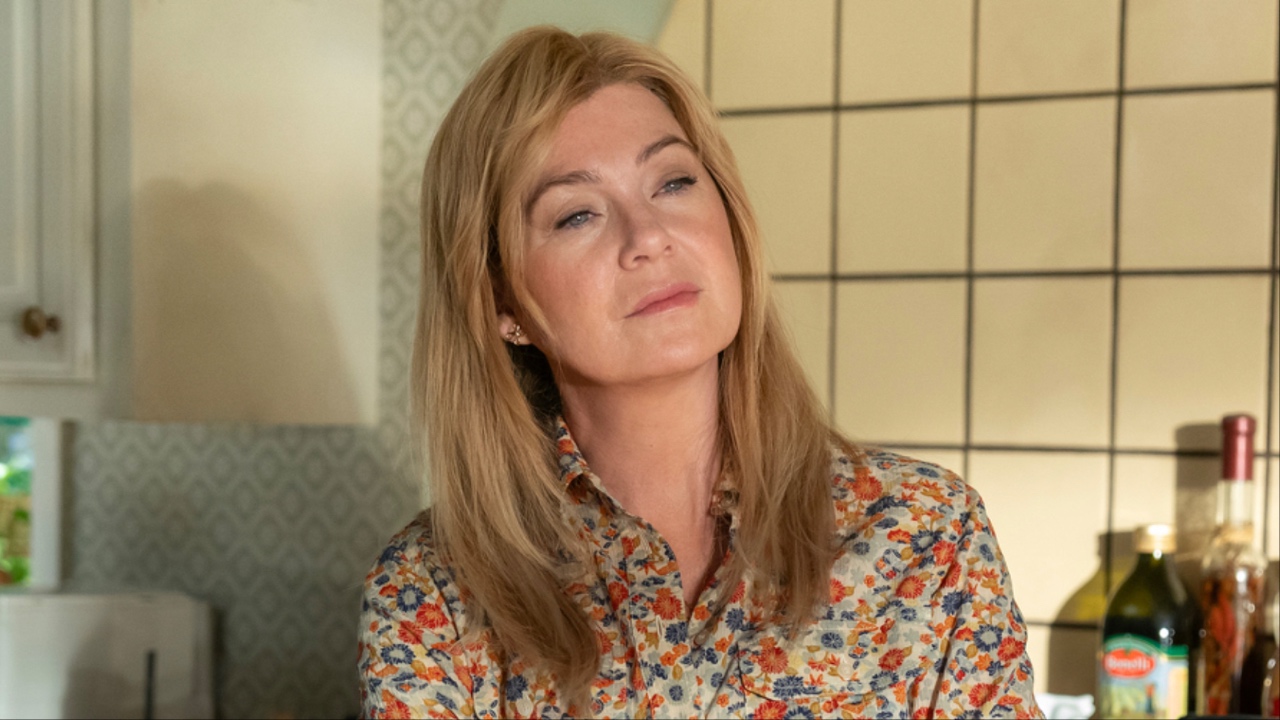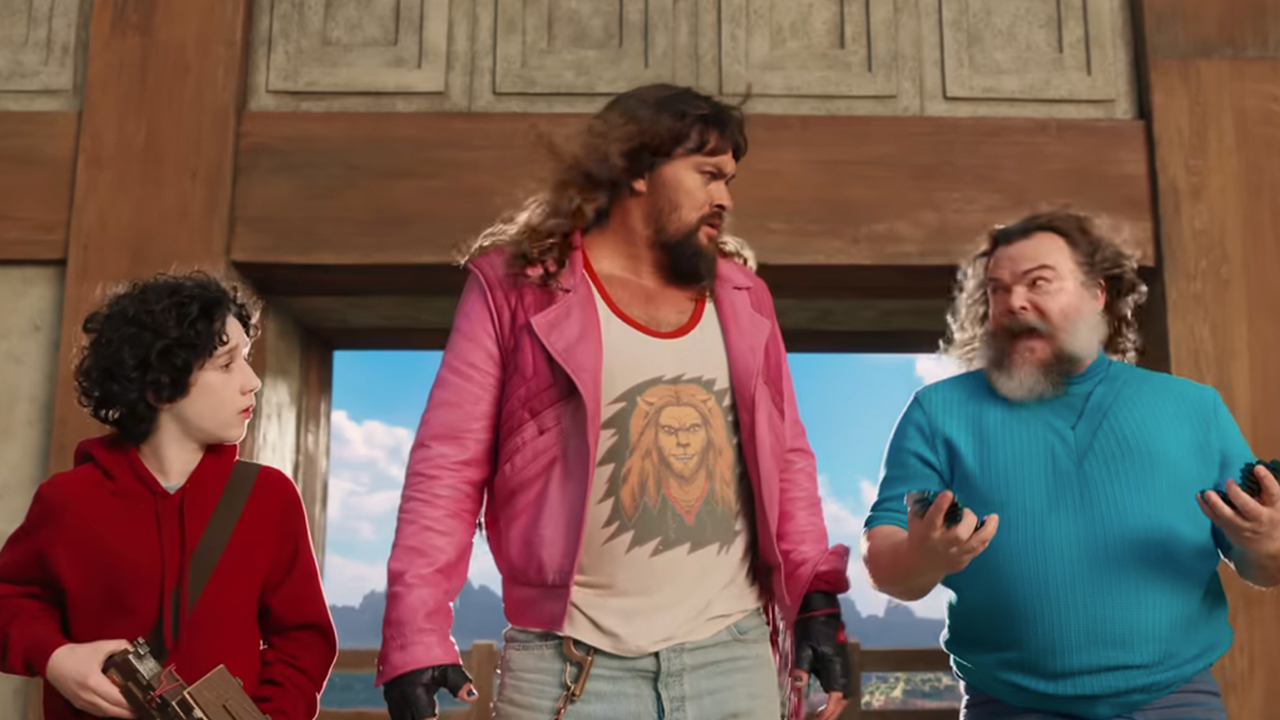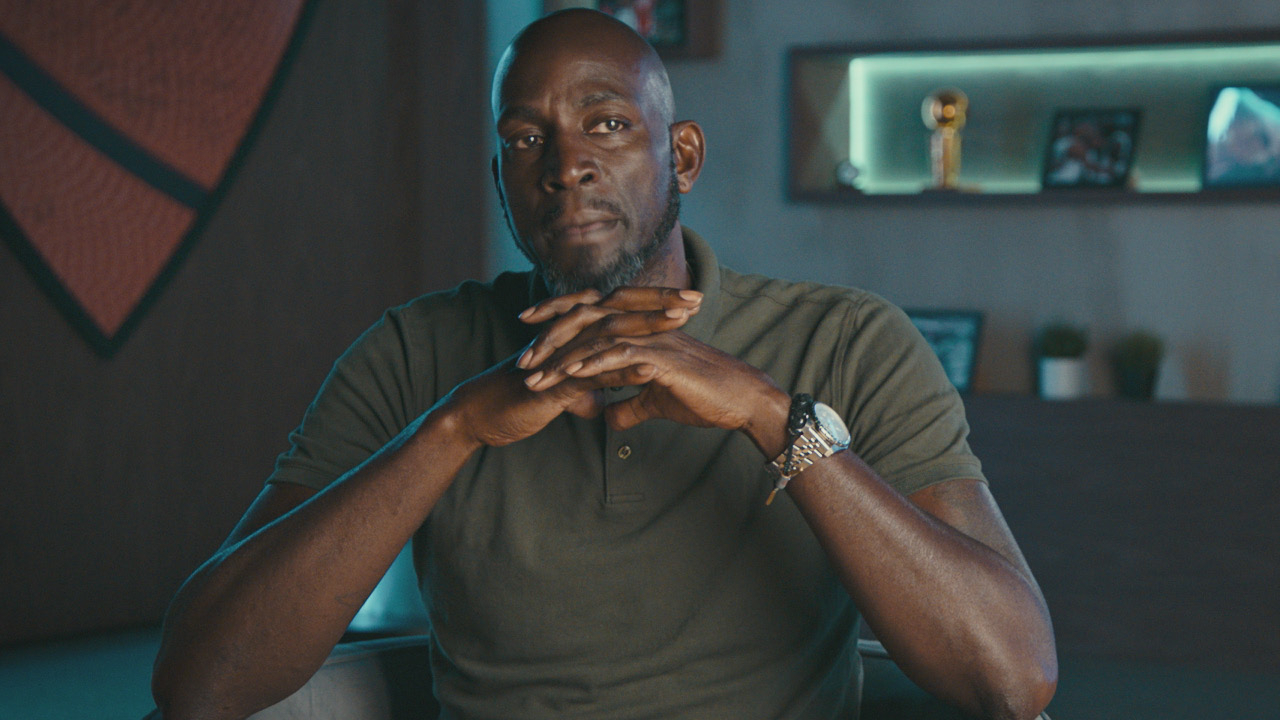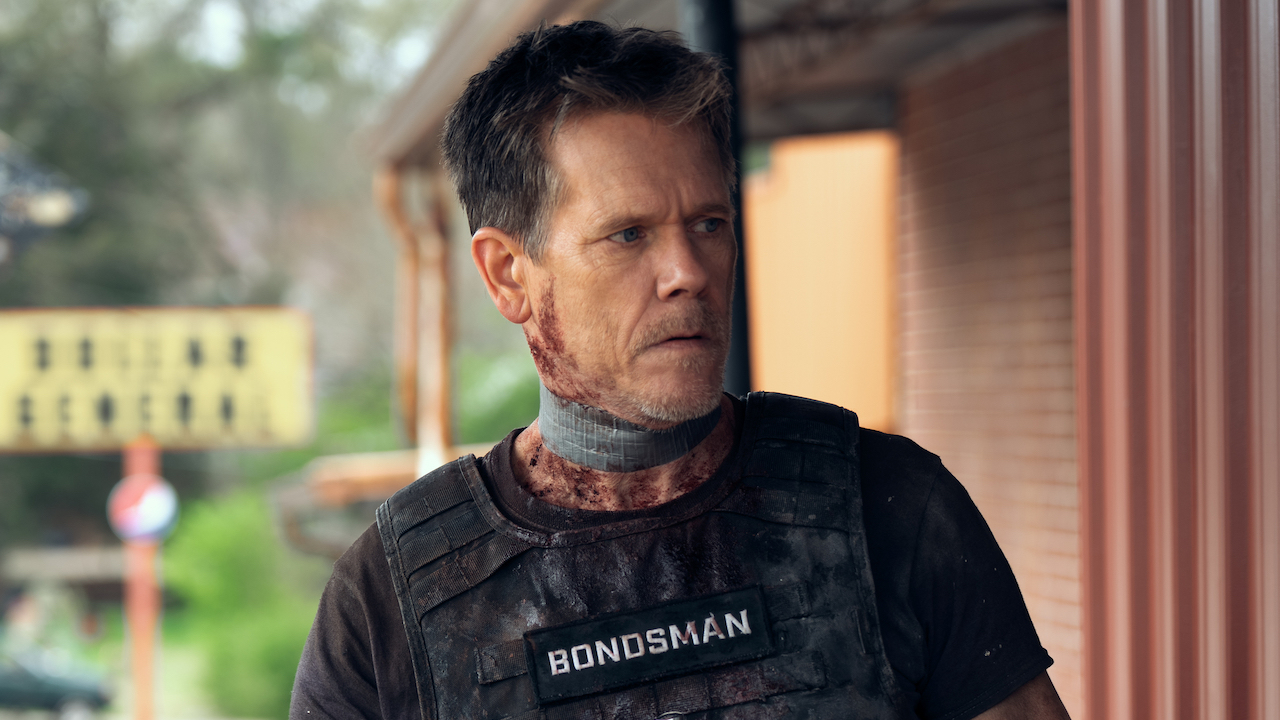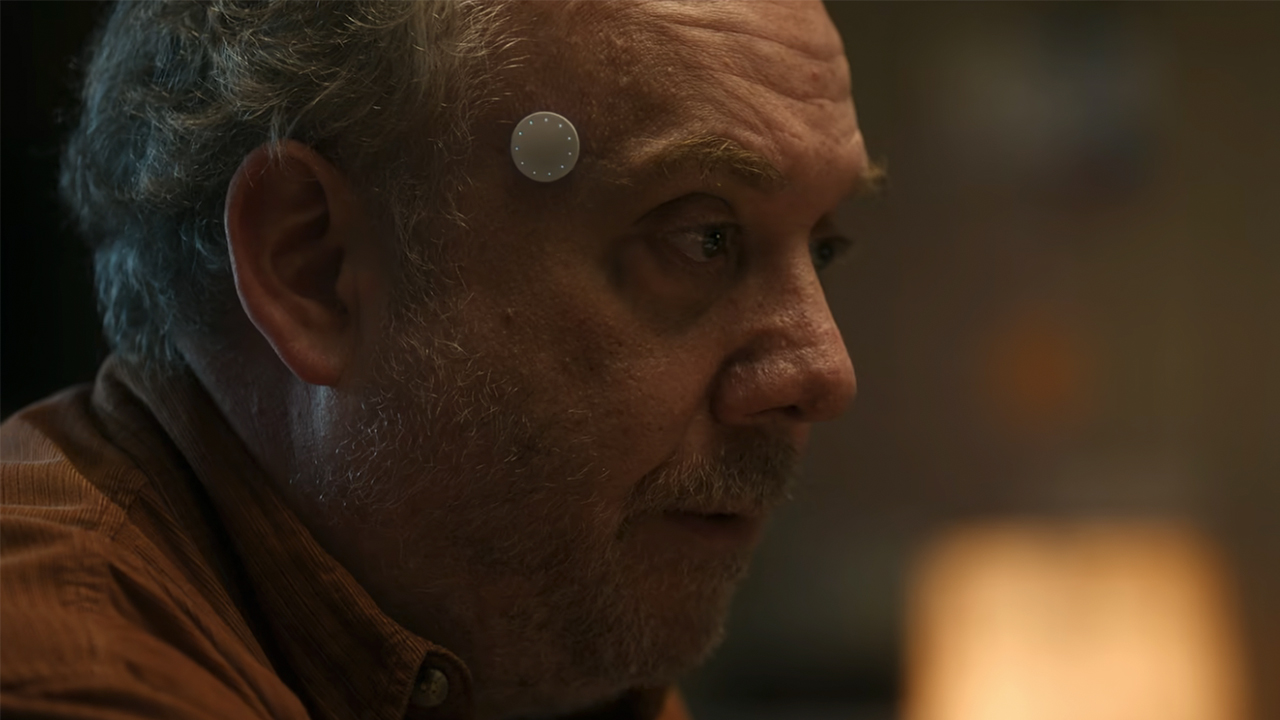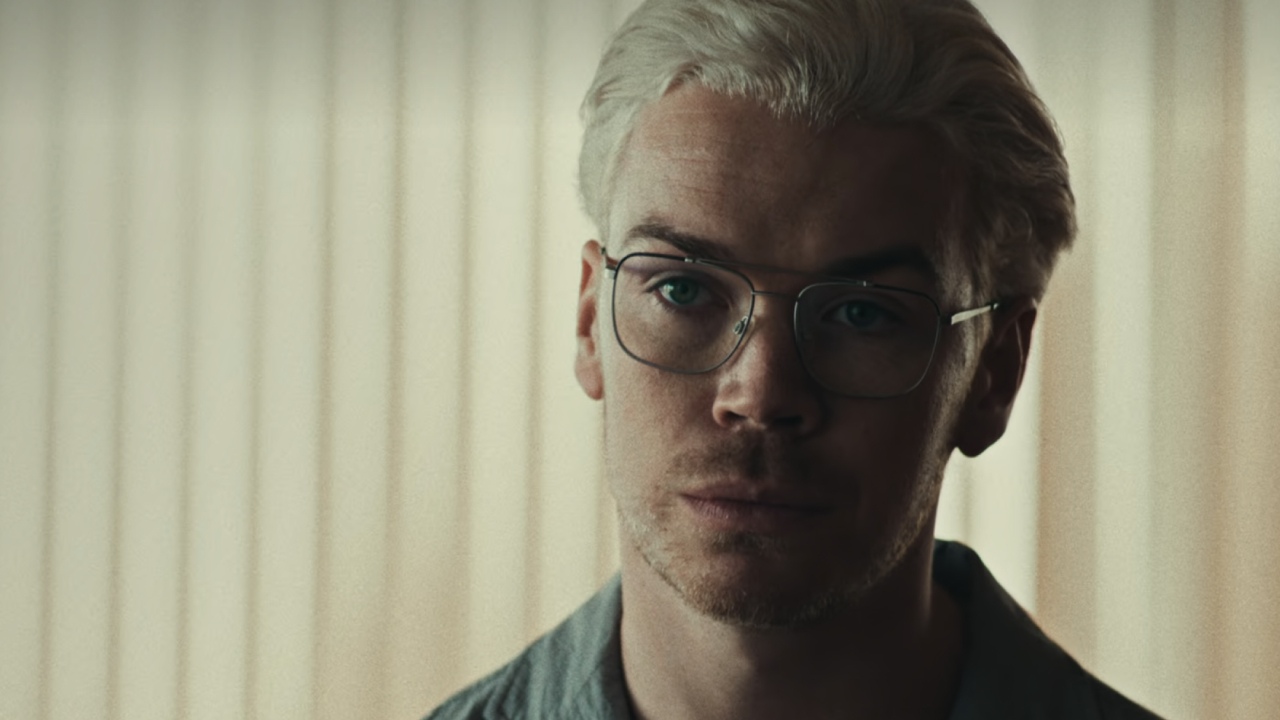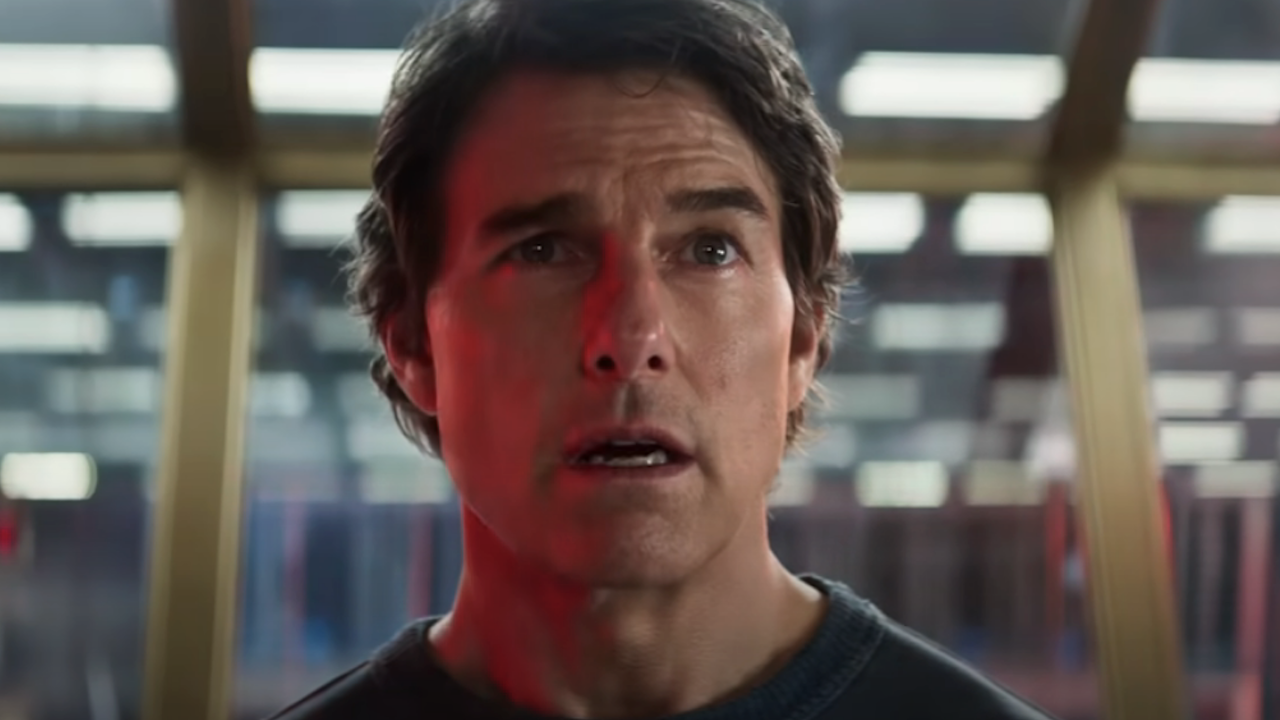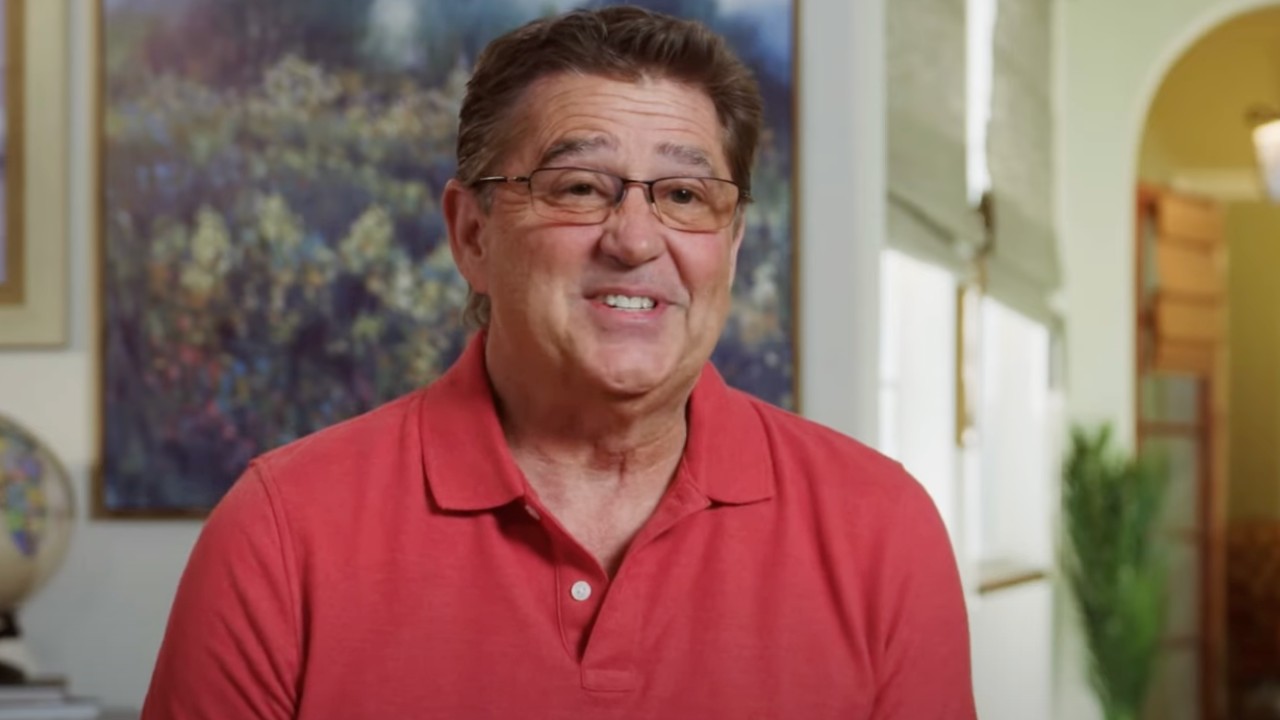32 Movies Based On Modern Literature
You do not have to go too far back to find great (or just popular) movies based on books.
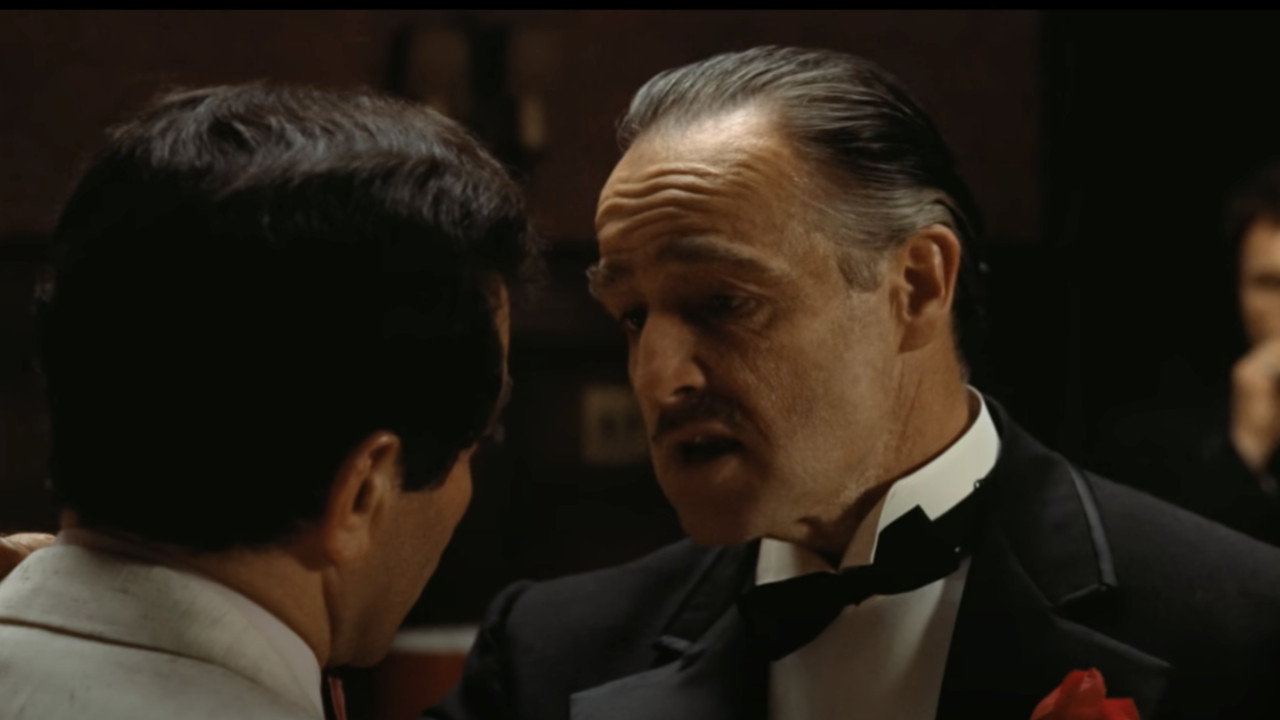
We have seen many a cinematic masterpiece, and even a Best Picture Oscar winner, based on the work of authors such as William Shakespeare, Mary Shelley, F. Scott Fitzgerald, and more legendary writers. Of course, not all classic literature and the films they inspire have to be, speaking frankly, so ancient. Just take a look at these acclaimed and popular movies that were bred from books published as early as 1950.
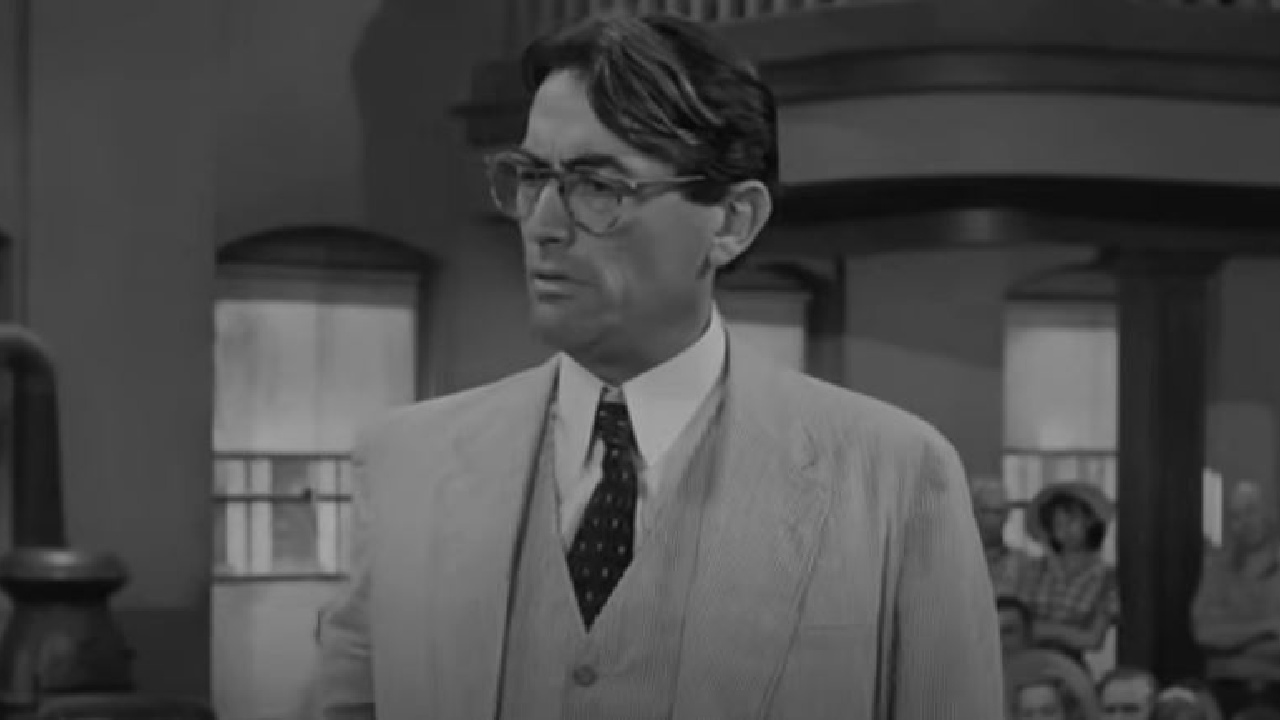
To Kill A Mockingbird (1962)
In 1961, Harper Lee won a Pulitzer Prize for her debut novel (and her only novel until 2015's Go Set a Watchmen), To Kill a Mockingbird, which depicts a trial against a Black man accused of assault in the 1930s South from the point of a view of young Scout Finch. Soon after, the powerful anti-prejudice statement was adapted into a feature by director Robert Mulligan and starring Gregory Peck in an Oscar-winning portrayal of selfless attorney Atticus Finch.
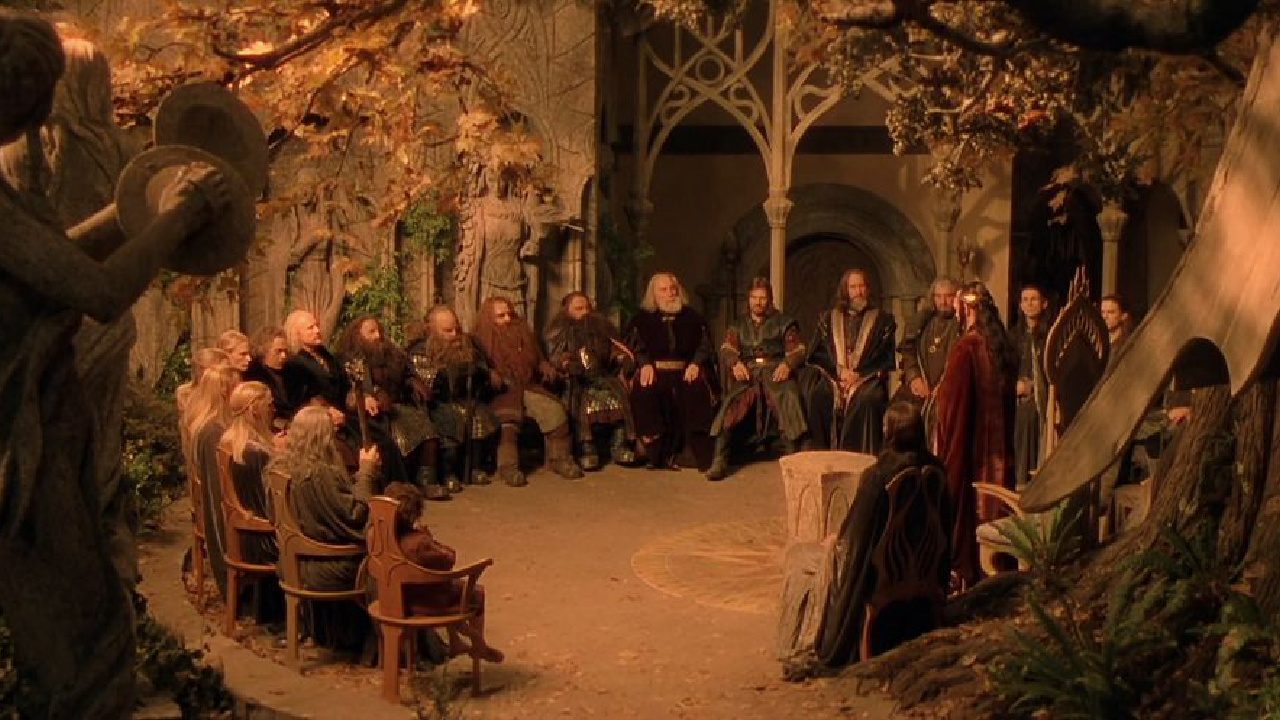
The Lord Of The Rings Trilogy (2001-2003)
All three volumes of J.R.R. Tolkien’s influential trilogy of fantasy novels – The Fellowship of the Ring, The Two Towers, and The Return of the King – were published between 1954 and 1955. Director Peter Jackson would bring Middle Earth to life in his live-action Lord of the Rings movies, which were a worldwide critical and commercial smash, spawning a prequel trilogy based on The Hobbit, an Amazon Prime series (The Rings of Power), and an animated spin-off (The War of the Rohirrim).
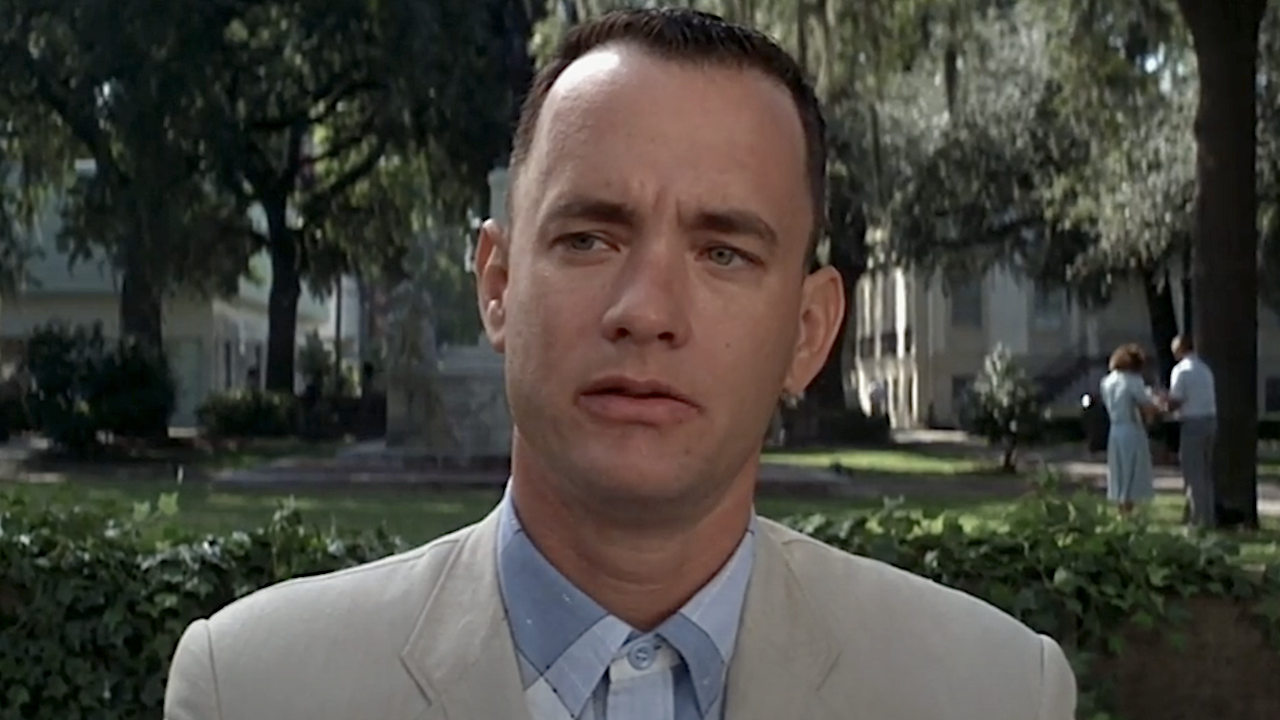
Forrest Gump (1994)
Six Academy Awards, including Best Picture, went to director Robert Zemeckis’ adaptation of Forrest Gump, starring Tom Hanks in the title role of a simple man who, unwittingly, lives a truly historic life. A year after the film’s release, Winston Groom, author of the original 1986 novel, would publish a sequel, Gump & Co., that chronicles the shrimp company owner’s life in the 1980s.
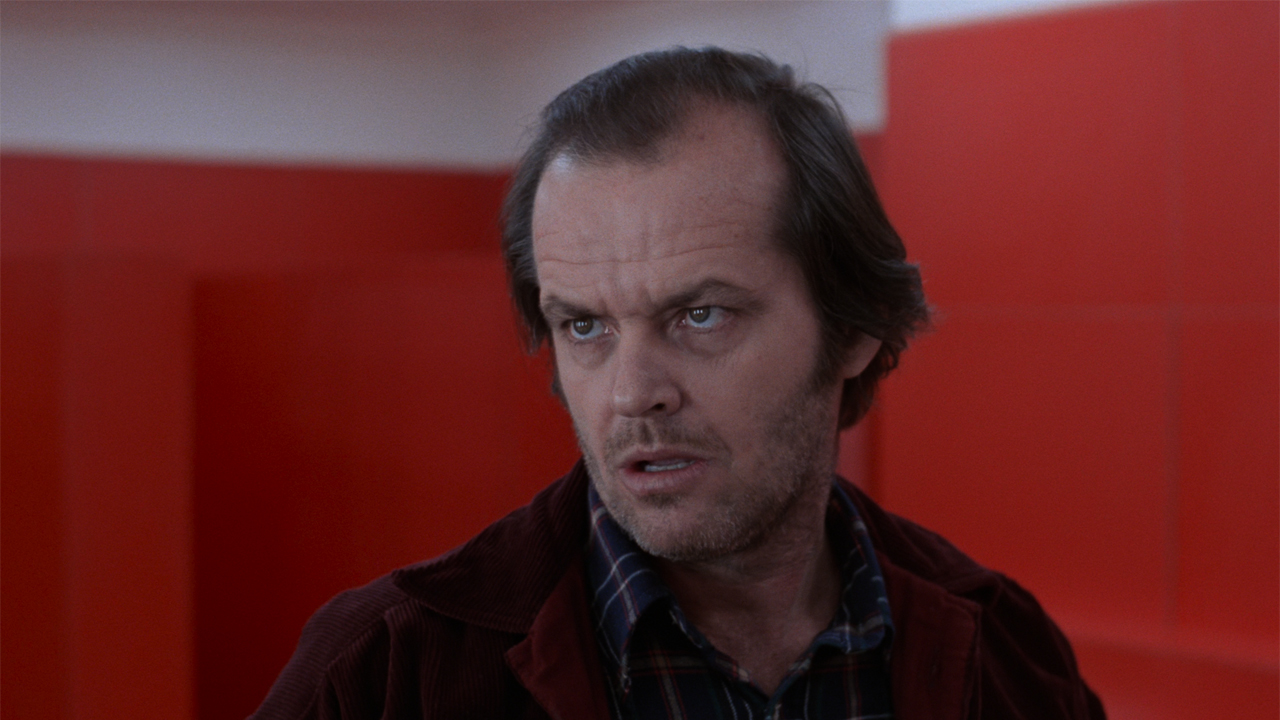
The Shining (1980)
Jack Nicholson and Shelley Duvall lead Stanley Kubrick’s adaptation of Stephen King’s 1977 novel, The Shining, in which an author is mysteriously driven mad while serving as the caretaker for a Colorado ski resort with his wife and psychic son. While now revered as one of the best King adaptations, let alone one of the best horror movies ever made, the author famously hated the thriller which was not a critical or commercial success upon release either.
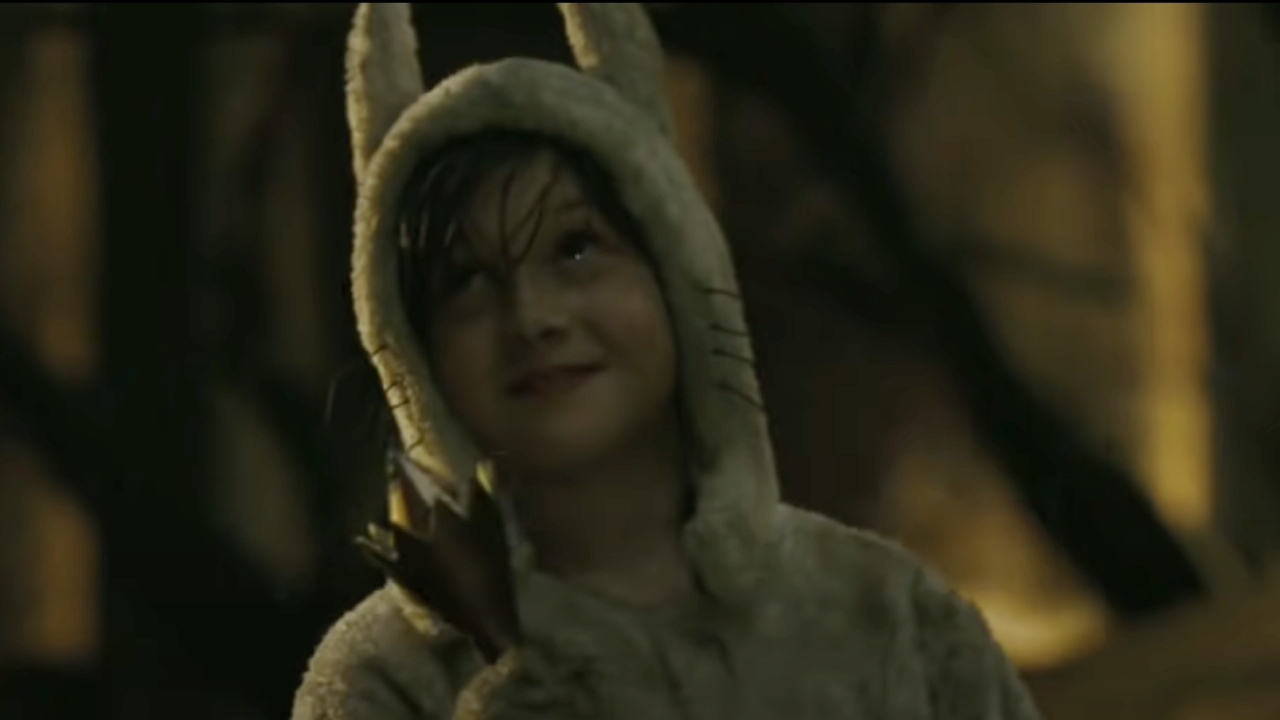
Where The Wild Things Are (2009)
Writer and illustrator Maurice Sendak earned the Caldecott Medal for Where the Wild Things Are, in which the ill-behaved Max dreams he is the king of a place where otherwordly creatures roam. The beloved 1963 children’s book was adapted into a bizarre, beautifully puppeteered, and significantly darker live-action feature film by director Spike Jonze and starring Max Records with the voice talents of James Gandolfini and Catherine O'Hara.
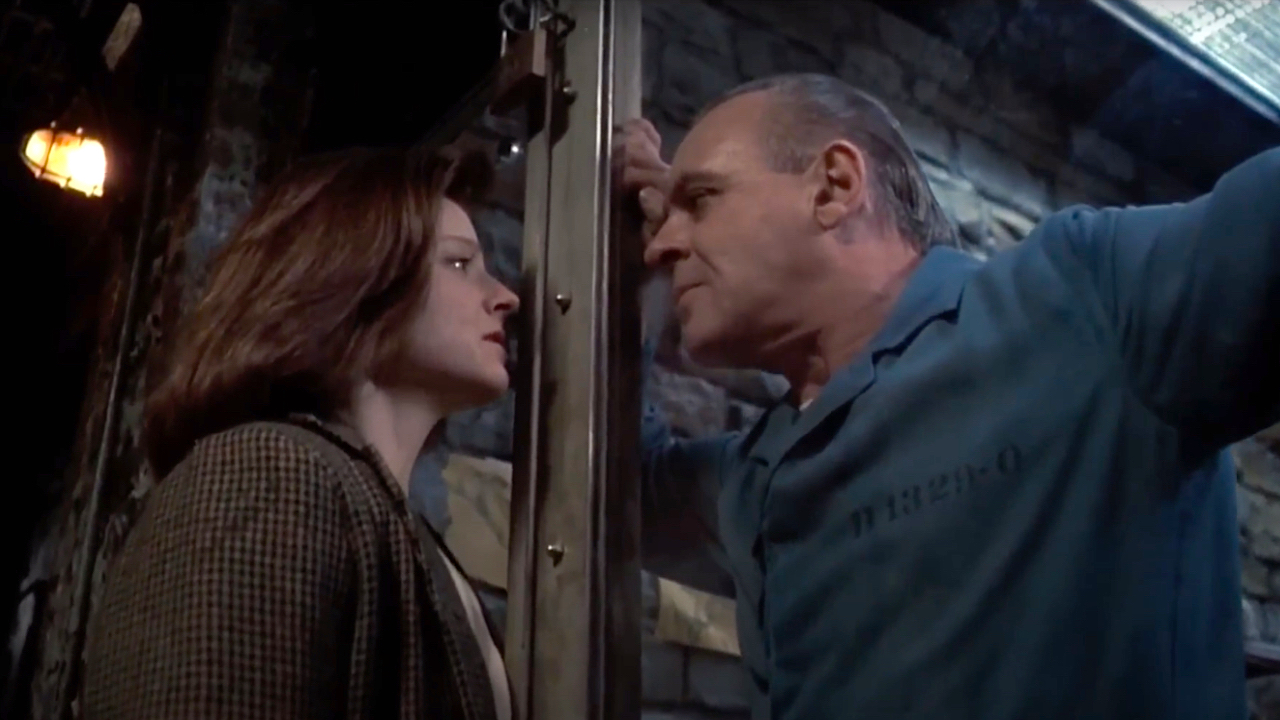
The Silence Of The Lambs (1991)
The Oscar-winning film that made cannibalistic criminal psychologist Hannibal Lecter (Anthony Hopkins) one of the horror genre’s most feared villains is actually based on the second book to feature the character. Jonathan Demme’s adaptation of 1988’s The Silence of the Lambs is also predated by Manhunter – Michael Mann’s adaptation of Thomas Harris’ first Lecter novel, Red Dragon.
CINEMABLEND NEWSLETTER
Your Daily Blend of Entertainment News
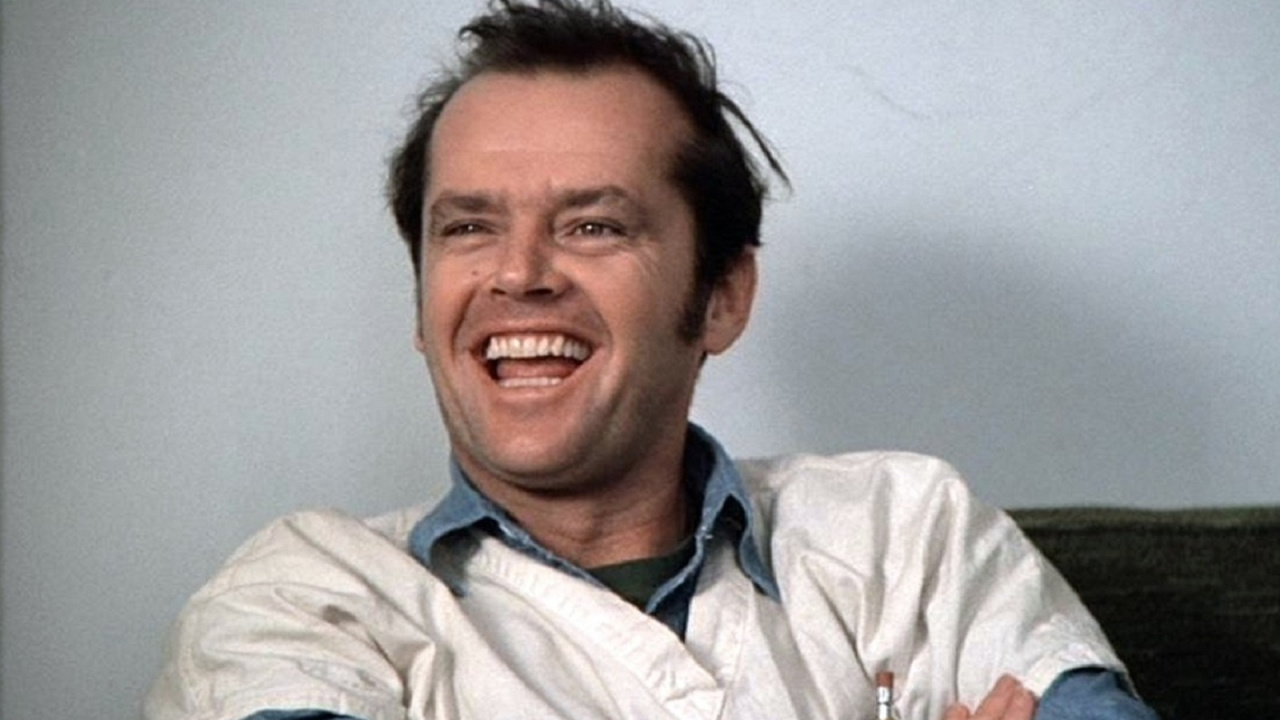
One Flew Over The Cuckoo’s Nest (1975)
Director Miloš Forman's Best Picture Oscar winner, One Flew Over the Cuckoo's Nest, stars Jack Nicholson as a criminal who pleads insanity to get out of jail and ends up leading a revolt against the sinister Nurse Ratched (Louise Fletcher). While revered as a film that takes mental health seriously, some would say it does not quite do Ken Kesey's 1962 novel justice, rendering the narrator, Chief Bromden (portrayed by Will Sampson), into more of a side character.
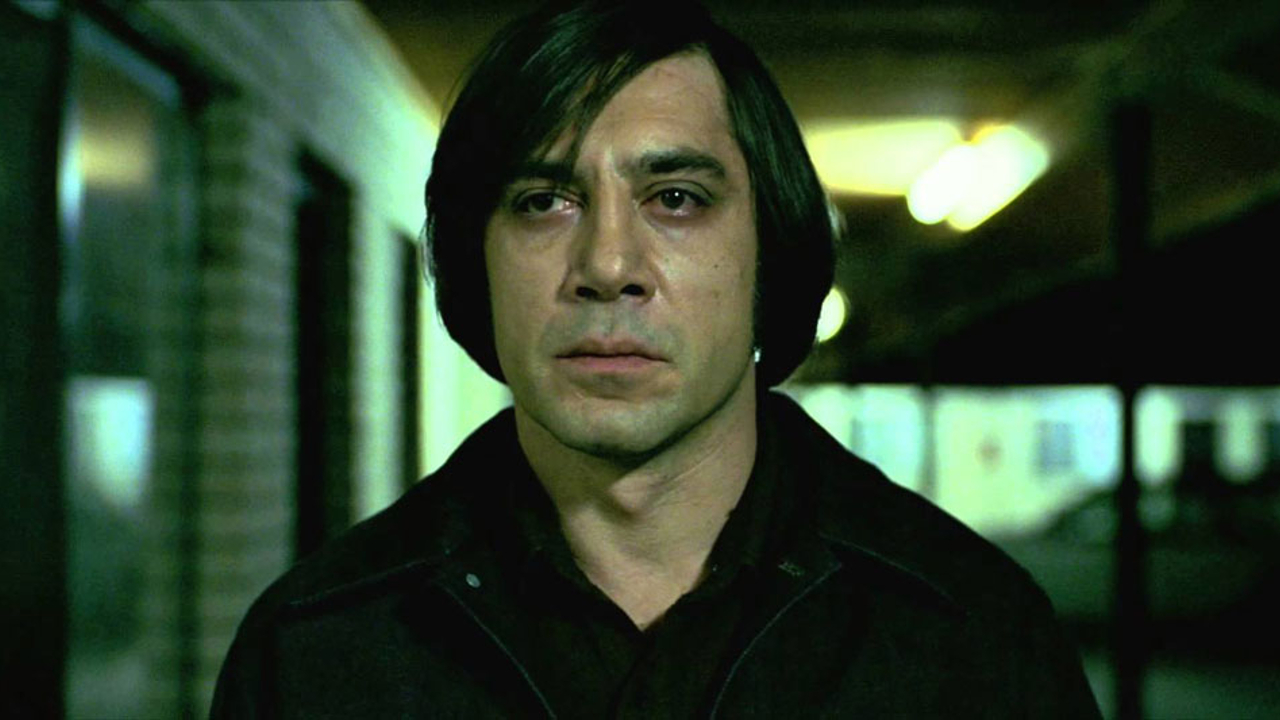
No Country For Old Men (2007)
Joel and Ethan Coen were quite faithful to Cormac McCarthy’s 2005 novel when adapting No Country for Old Men, which follows a disillusioned sheriff (played by Tommy Lee Jones) and his search for a hunter (played by Josh Brolin) who is on the run from a sadistic hitman (played by Javier Bardem). In fact, for its breathtakingly grounded craftsmanship, Bardem's chilling Oscar-winning performance, and provocative commentary on violence, some might say it is the best Western movie of all time.
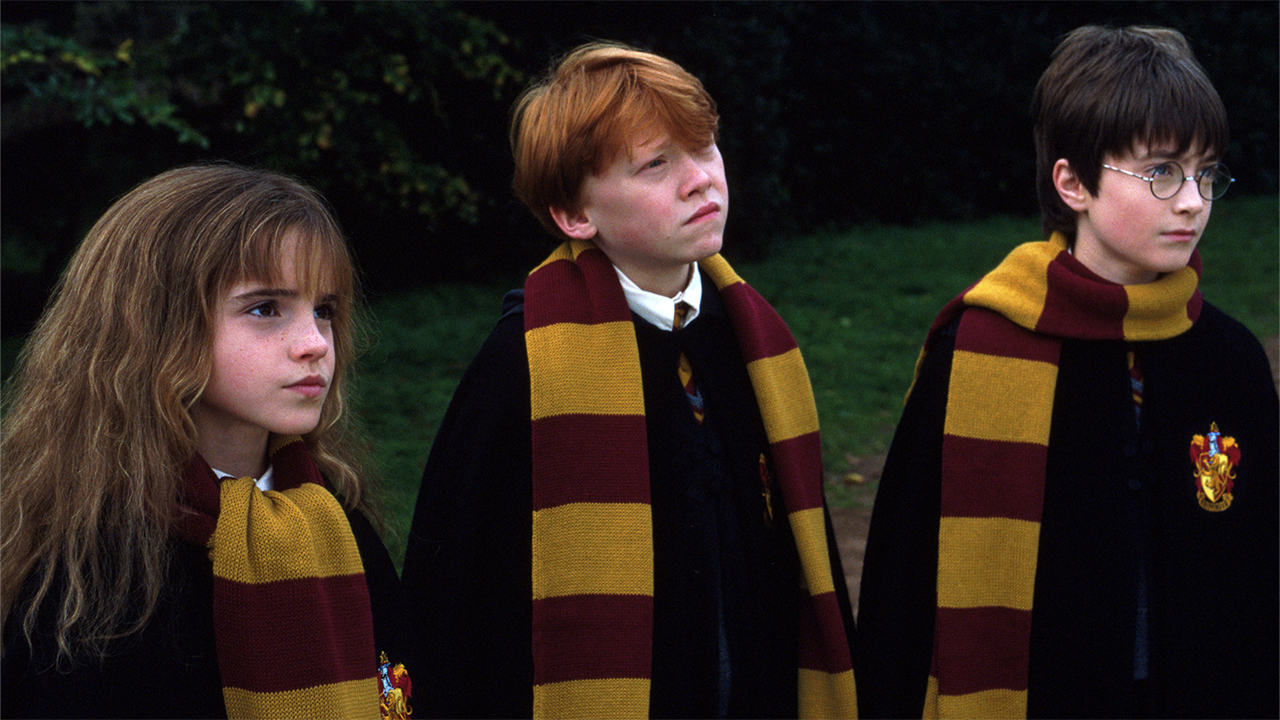
The Harry Potter Movies (2001-2011)
J.K. Rowling’s seven-part series of young adult fantasy novels following an orphaned wizard’s education in the mystic arts at Hogwarts was published between 1997 and 2007. The bestselling series inspired eight Harry Potter movies (including two based on the final novel, Deathly Hallows) which starred Daniel Radcliffe and became an enduring worldwide phenomenon.
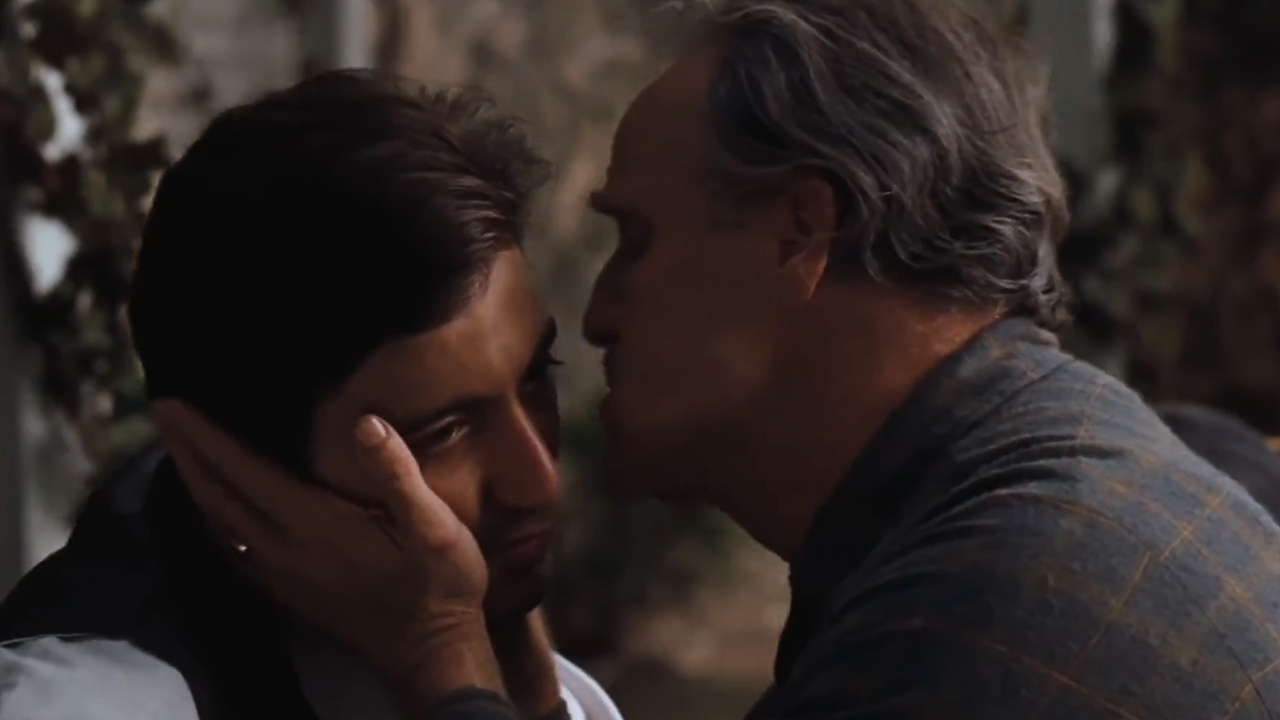
The Godfather And The Godfather Part II (1972-1974)
Mario Puzo’s 1969 post-World War II crime epic, The Godfather, inspired two Best Picture Oscar winners following the rise of reluctant mafia boss Michael Corleone (Al Pacino). Director Francis Ford Coppola would collaborate with Puzo on the screenplay for a third installment that was released in 1990 and is not held in such high regard today.
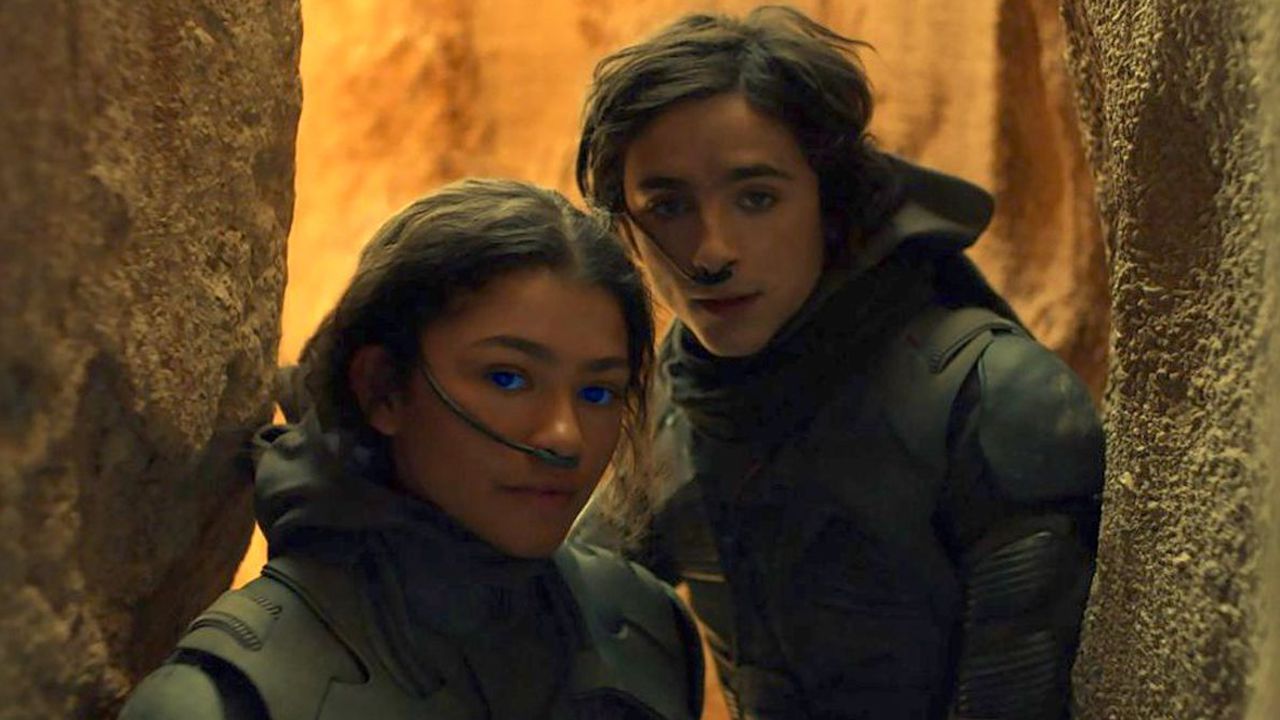
Dune And Dune: Part Two (2021-2024)
Director Denis Villeneuve adapted Frank Herbert’s 1965 sci-fi epic Dune, which largely influenced George Lucas’ Star Wars saga, into two widely acclaimed big-screen adventures that brought the eponymous planet to life with wondrous visual effects. The first live-action adaptation by David Lynch from 1984 was, unfortunately, far less appreciated.
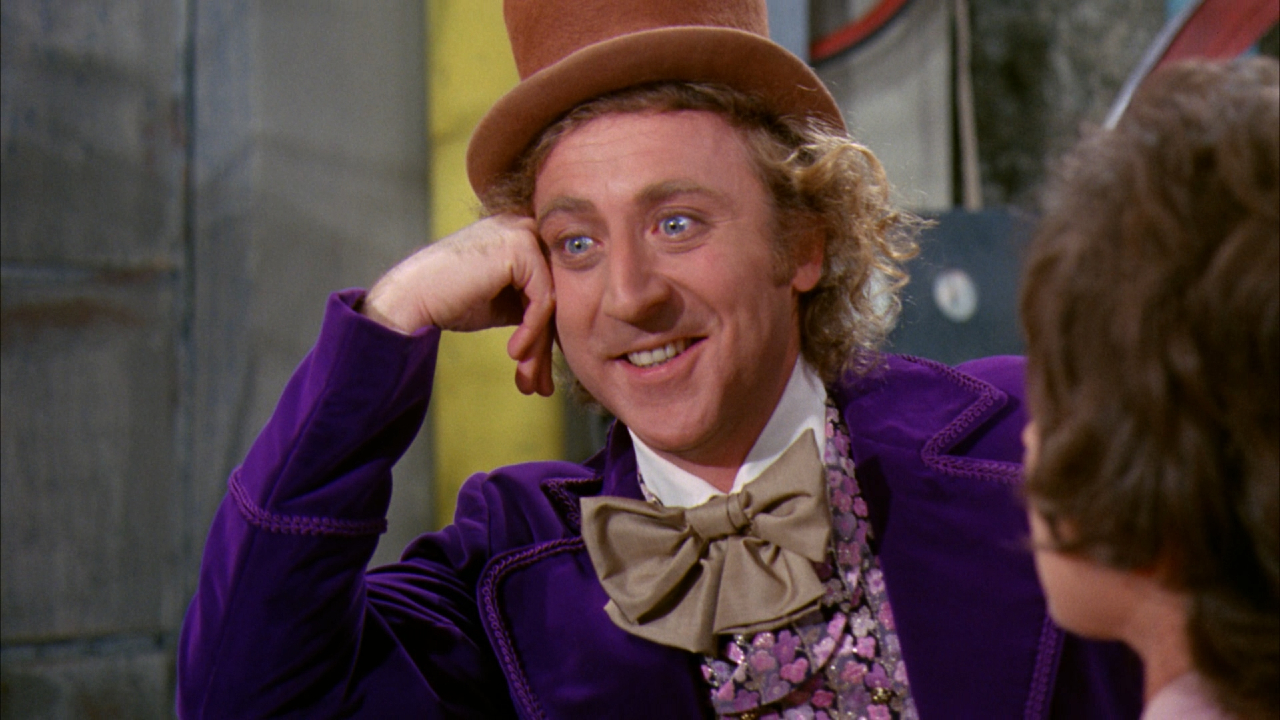
Willy Wonka And The Chocolate Factory (1971)
Roald Dahl wrote the screenplay for director Mel Stuart’s adaptation of his 1964 novel, Charlie and the Chocolate Factory – the title of which replaced the original eponymous character, Charlie Bucket, with Gene Wilder’s eccentric chocolatier. While Tim Burton’s 2005 adaptation, with Johnny Depp as Willy Wonka and Freddie Highmore as Charlie, is not quite the beloved children's movie the original is, it at least made the poor Golden Ticket holder the title hero again.
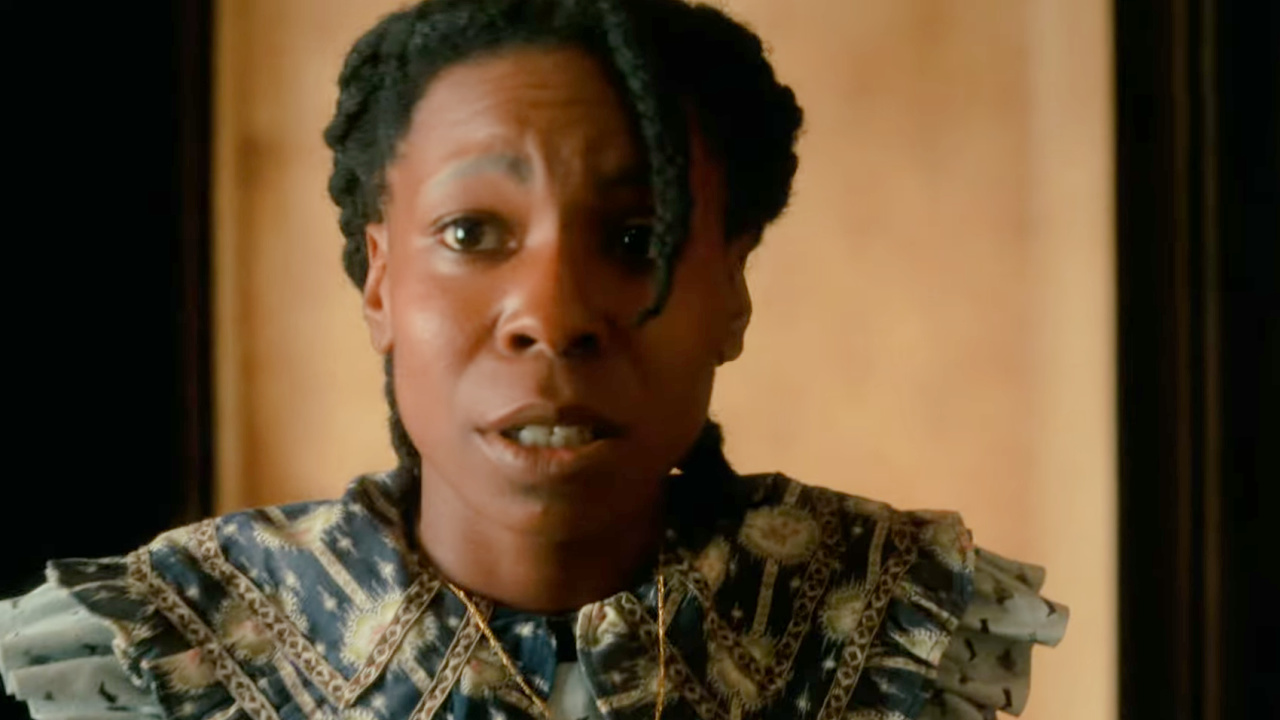
The Color Purple (1985)
Alice Walker’s influential tale of a Black, Southern woman’s life of abuse and neglect inspired one of director Steven Spielberg’s The Color Purple, starring Whoopi Goldberg and Oprah Winfrey in Oscar-nominated roles. Winfrey would later produce a stage musical based on the novel that was also adapted into a film starring Fantasia Barrino in 2023.
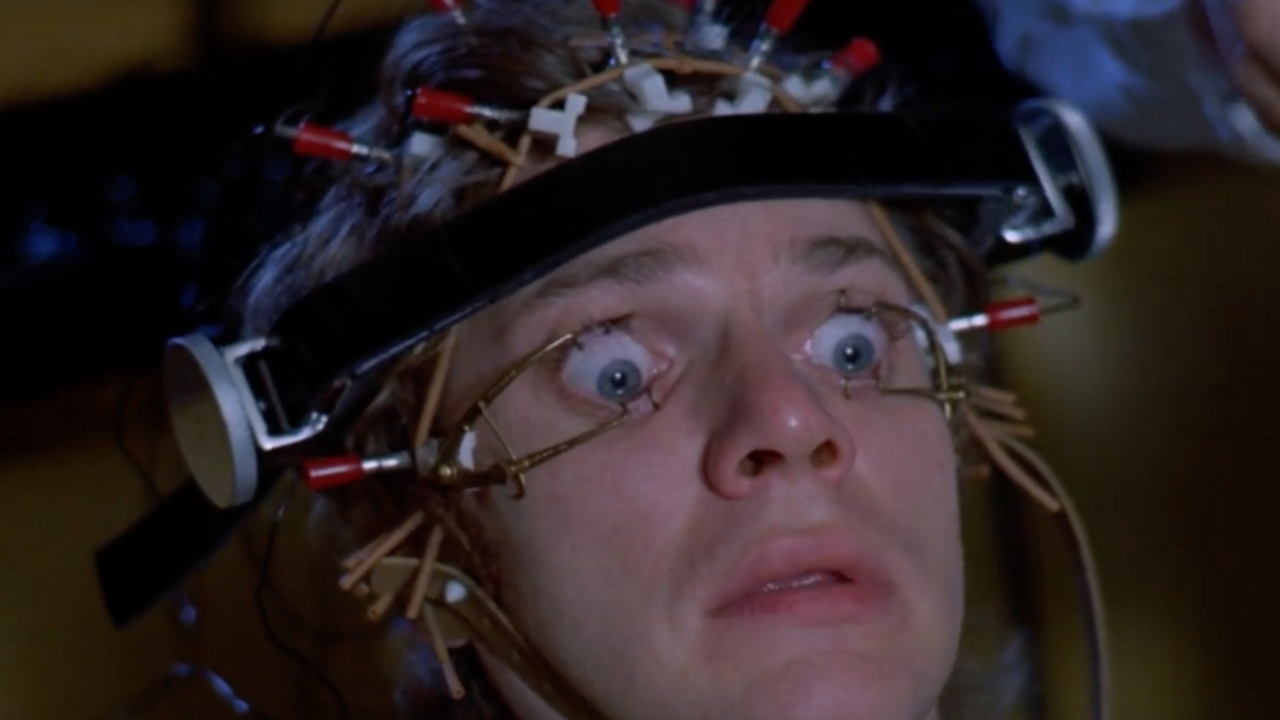
A Clockwork Orange (1971)
One of the most controversial X-rated classics in cinematic history is Stanley Kubrick’s adaptation of Anthony Burgess’ 1962 dystopian novel, A Clockwork Orange. It stars Malcolm McDowell as one of the most fearsome 1970s movie villains, Alex DeLarge – a gang leader subjected to an experimental, government-issued cure for his violent tendencies.
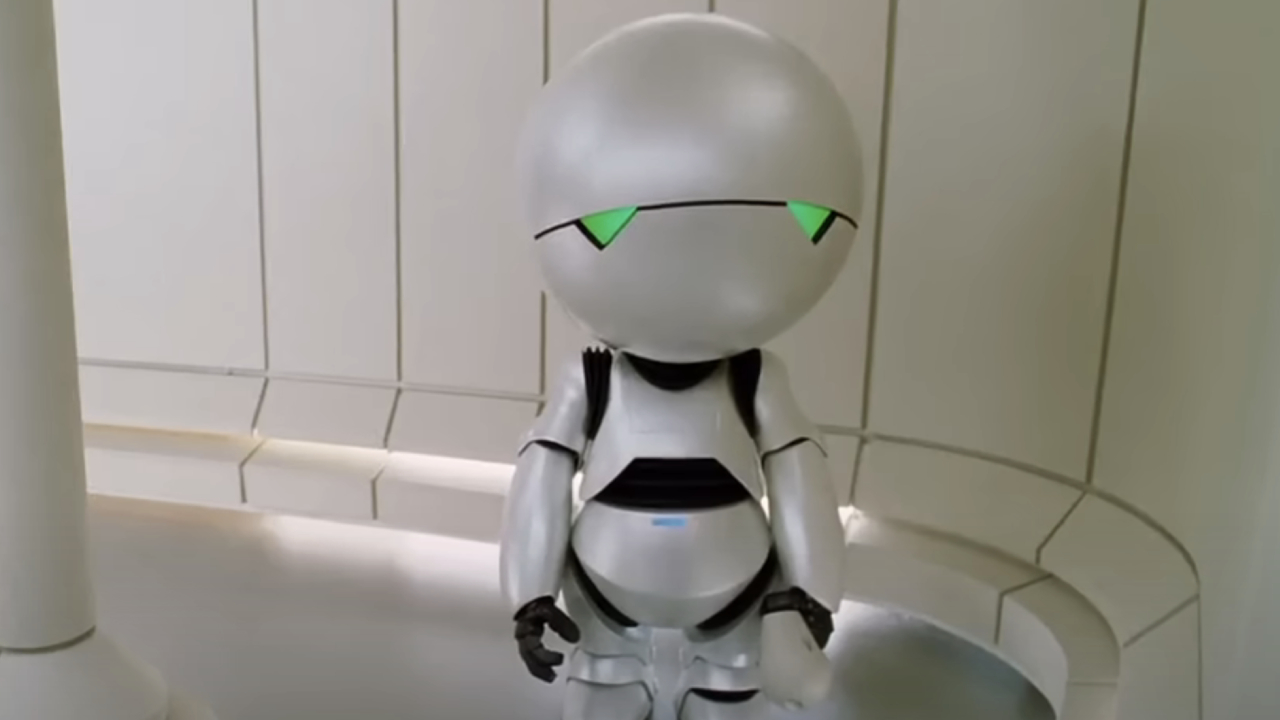
The Hitchhiker's Guide To The Galaxy (2005)
Douglas Adams condensed his absurdist, science-fiction radio play, The Hitchhiker’s Guide to the Galaxy, into a 1979 novel that was first adapted as a British miniseries in 1981. Decades later, Disney released a feature adaptation starring Martin Freeman, Mos Def, and Alan Rickman as the voice of a clinically depressed but still friendly robot named Marvin, who was portrayed on screen by Warwick Davis.
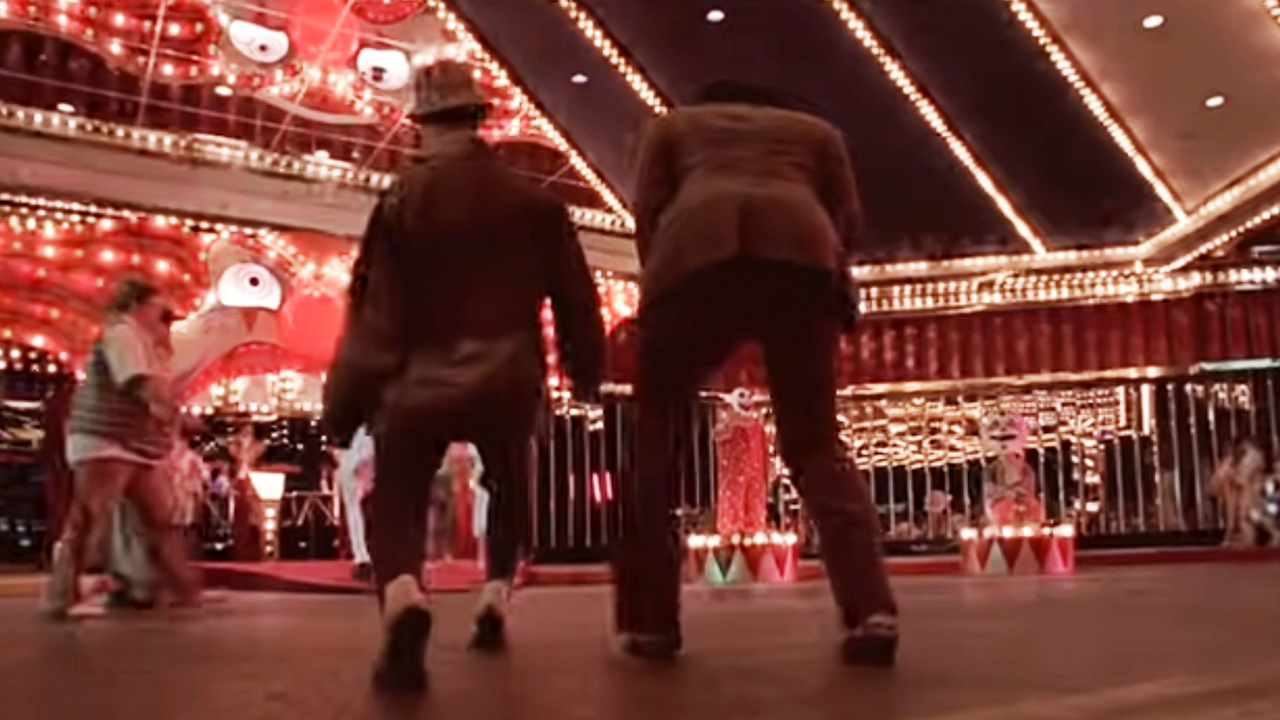
Fear And Loathing In Las Vegas (1998)
Gonzo journalist Hunter S. Thompson chronicled his experiences in the Sin City with attorney Oscar Zeta Acosta in a fictionalized memoir called Fear and Loathing in Las Vegas, published in 1971. Director Terry Gilliam adapted the book into a wild, psychedelic trip starring Johnny Depp as Raoul Duke (Thompson's alter ego) and Benicio del Toro as Dr. Gonzo.
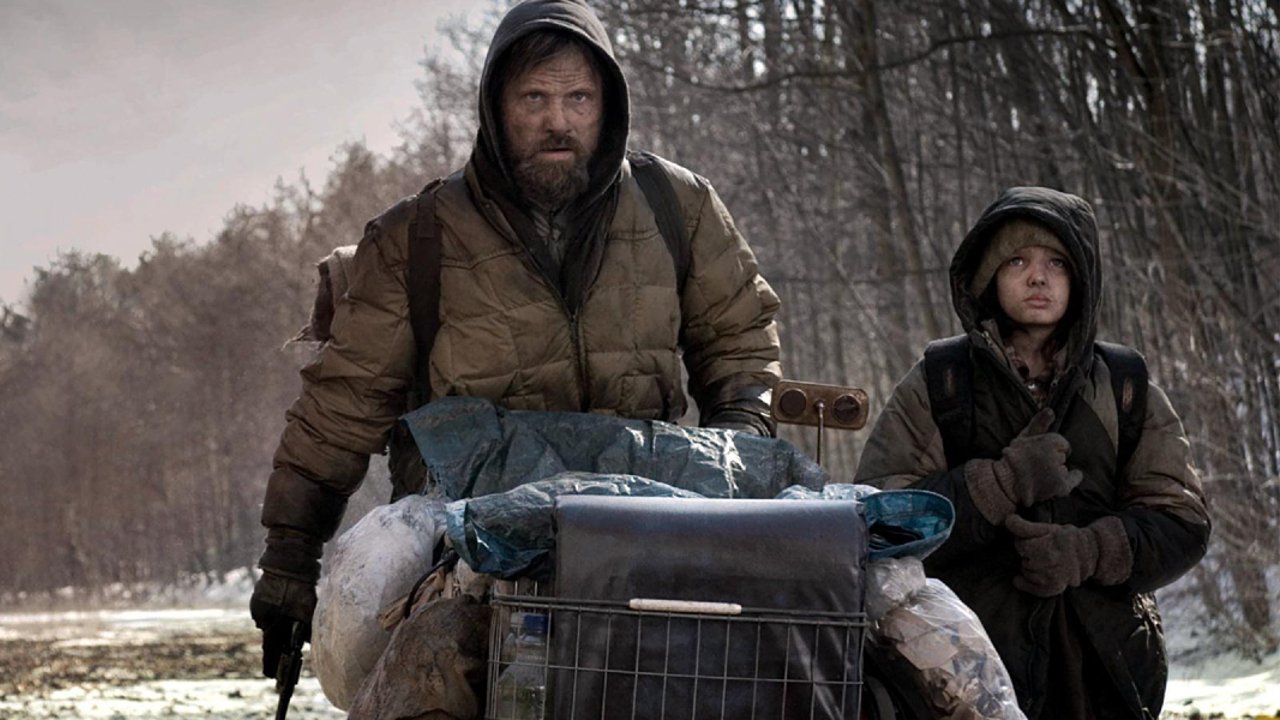
The Road (2008)
Just two years after it was published, one of Cormac McCarthy’s most acclaimed novels, The Road, was adapted into a film starring Viggo Mortensen and Kodi Smit-McPhee as an unnamed father and son searching for sanctuary in a ruined future. Director John Hillcoat’s thriller is regarded as one of the best post-apocalyptic movies of its time.
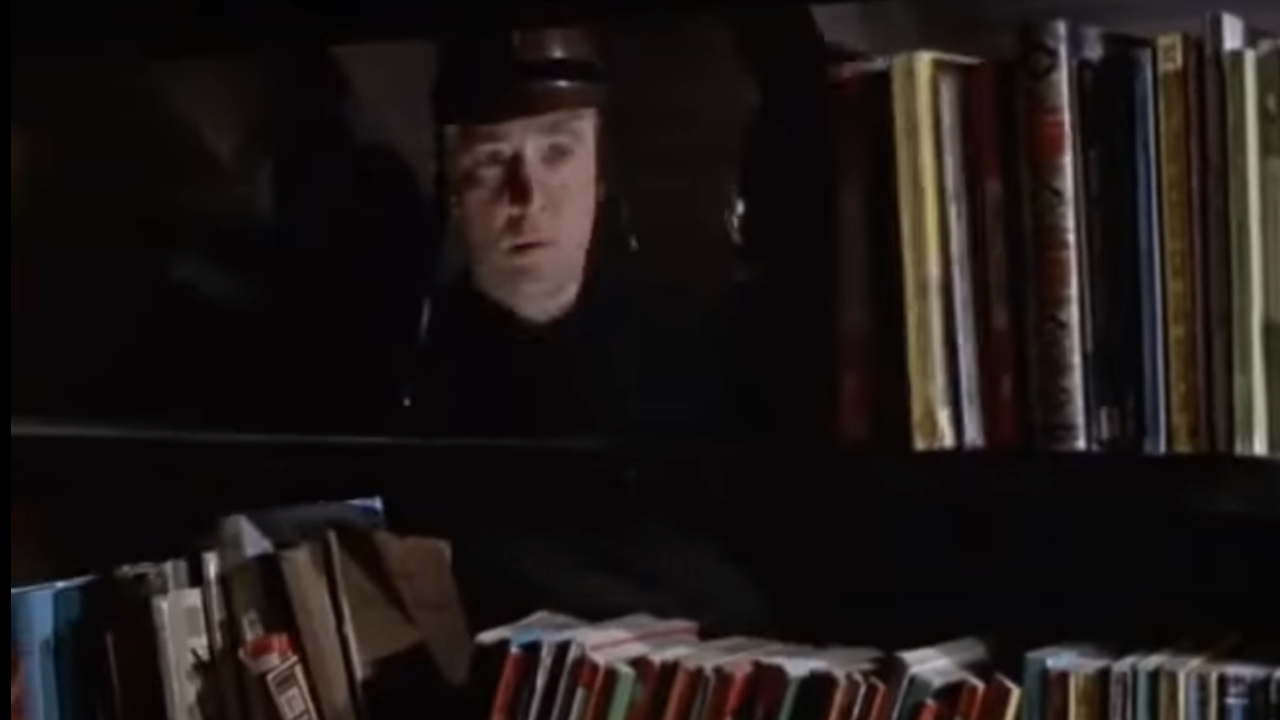
Fahrenheit 451 (1966)
François Truffaut adapted Ray Bradbury’s prophetic, dystopian 1953 novel, Fahrenheit 451, into a film starring Oskar Werner as a fireman tasked with destroying any and all literature who has a sudden change of heart. Michael B. Jordan would portray the hero, Guy Montag, in a later feature made exclusively for HBO in 2018.
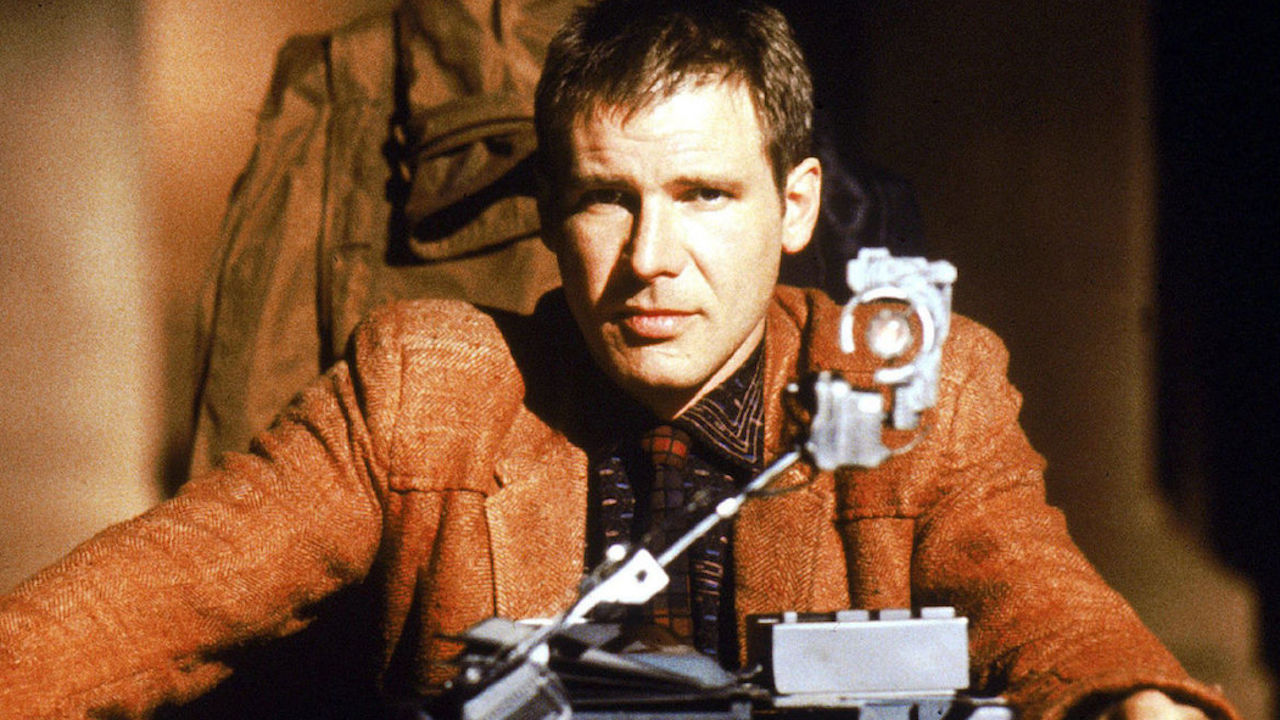
Blade Runner (1982)
Ridley Scott’s seminal, Harrison Ford-led sci-fi thriller, Blade Runner, takes inspiration from Philip K. Dick’s 1986 novel, Do Androids Dream of Electric Sheep? The author’s vision of a world in which artificial beings known as Replicants live among humans was also expanded upon in director Denis Villeneuve’s acclaimed 2017 sequel, Blade Runner 2049.
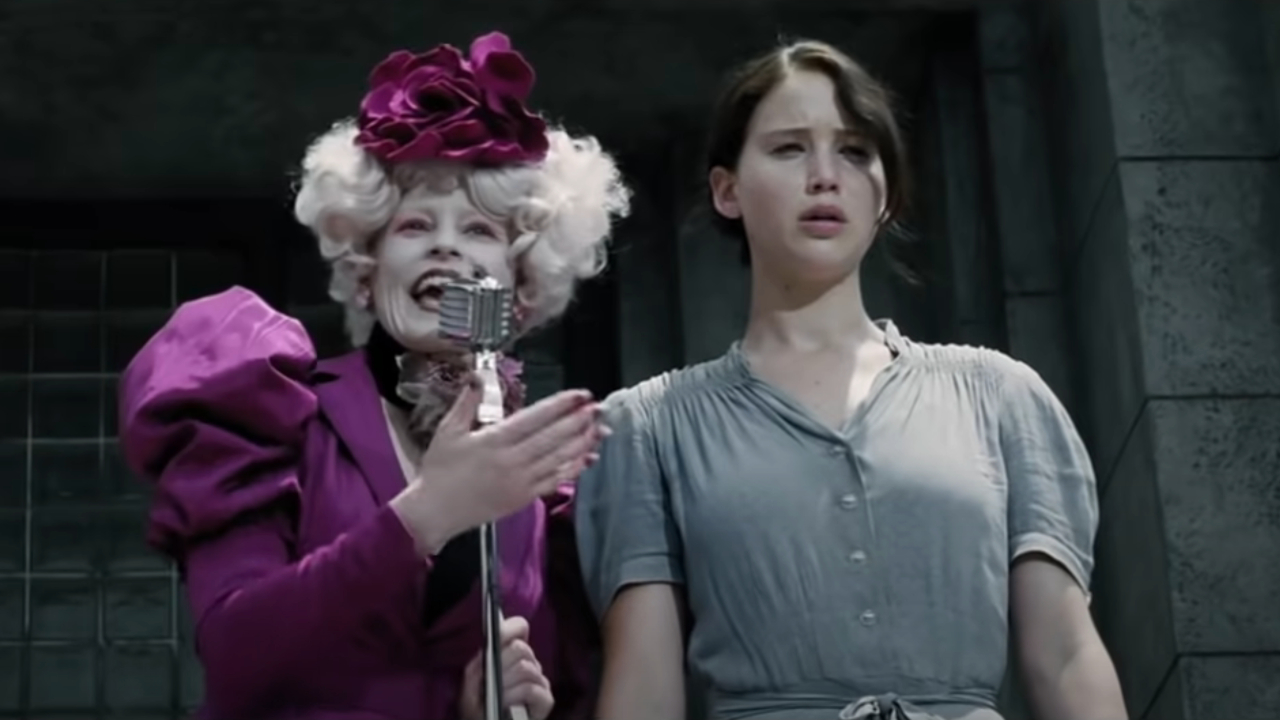
The Hunger Games Movies (2012-2015)
Jennifer Lawrence received wide acclaim for portraying teenage rebel Katniss Everdeen in The Hunger Games and its three sequels, based on Suzanne Collins’ bestselling dystopian trilogy published between 2008 and 2010. Cinema would return to Panem once more with 2023’s The Ballad of Songbirds & Snakes, which takes place during one of the earliest holdings of the eponymous challenge that pits children against each other in an annual fight to the death.
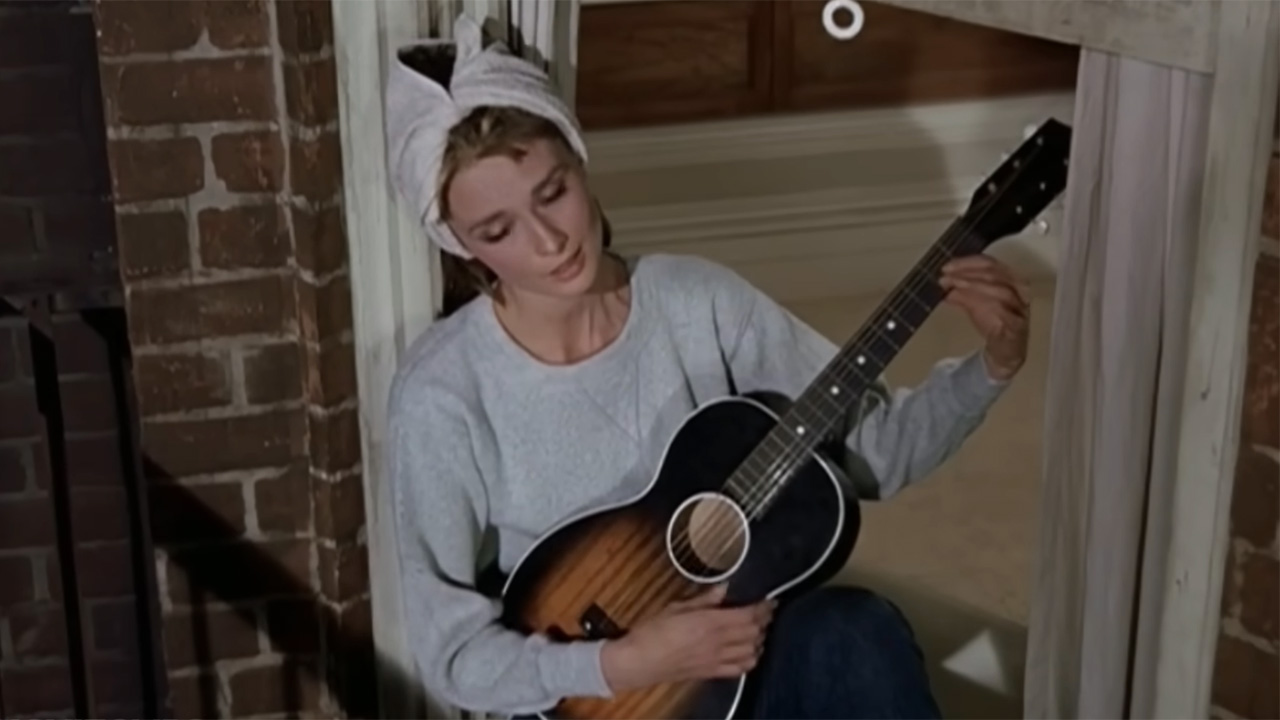
Breakfast At Tiffany’s (1961)
Holly Golightly – the central character of Truman Capote’s 1958 novella, Breakfast at Tiffany’s – essentially remains the same in Blake Edwards’ Audrey Hepburn-led adaptation. However, the story changes dramatically, making it more of a sweeping romance between the callgirl and the previously unnamed narrator, Paul (played by George Peppard in the film).
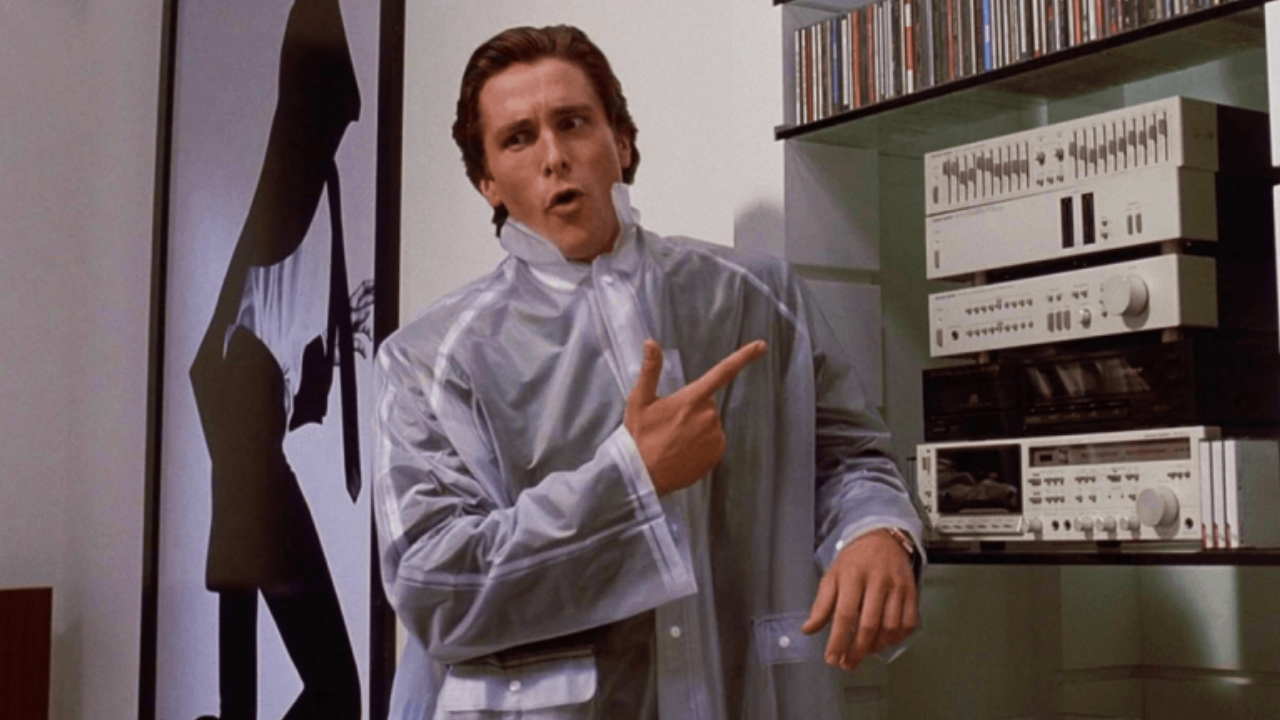
American Psycho (2000)
Before he took on the mantle of a live-action Batman actor, Christian Bale gave a star-making performance as a more menacing urban yuppie with a violent double life named Patrick Bateman in American Psycho. His portrayal of the character in director Mary Harron’s adaptation of Bret Easton Ellis’ provocative 1991 novel has since been recognized as one of the most disturbing killers in cinematic history.
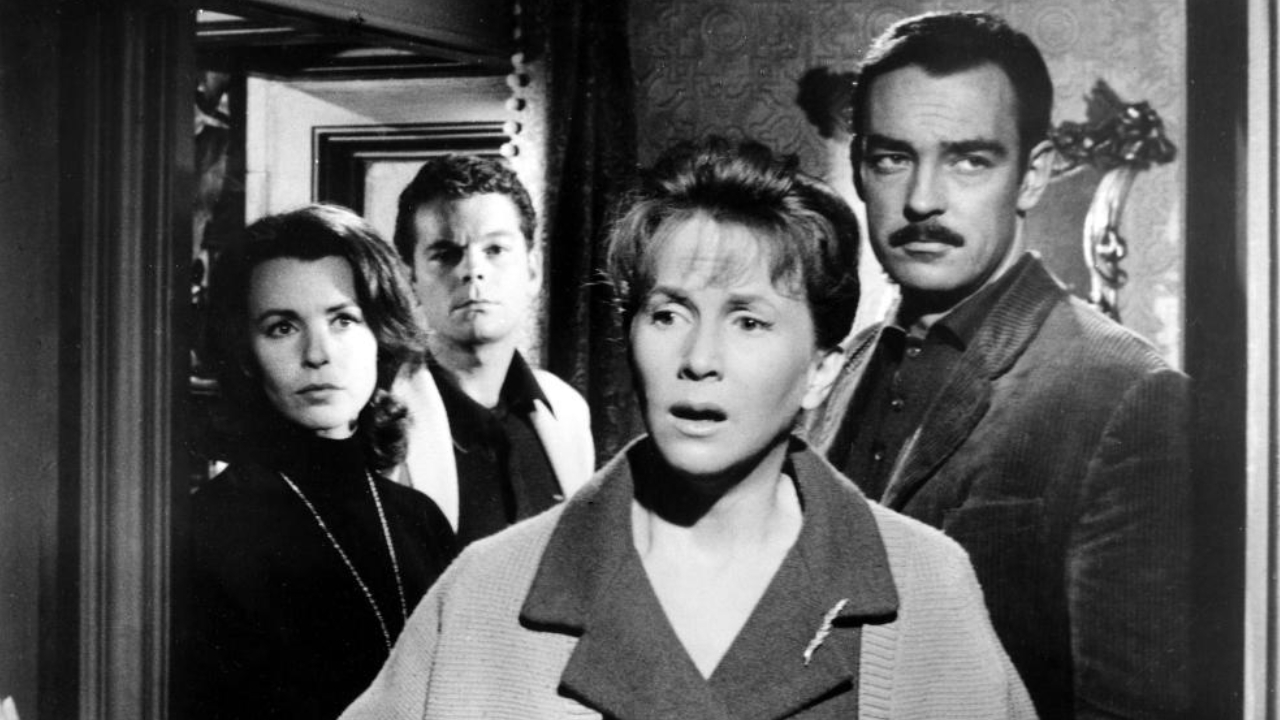
The Haunting (1963)
A psychologist invites a group of patients to stay in a house supposedly inhabited by ghosts in director Robert Wise’s classic haunted house movie, The Haunting, which is based on Shirley Jackson’s The Haunting of Hill House. The chilling 1959 novel inspired another film bearing the shortened title from 1999 and, in 2018, a more loosely connected but widely acclaimed Netflix miniseries from creator Mike Flanagan.
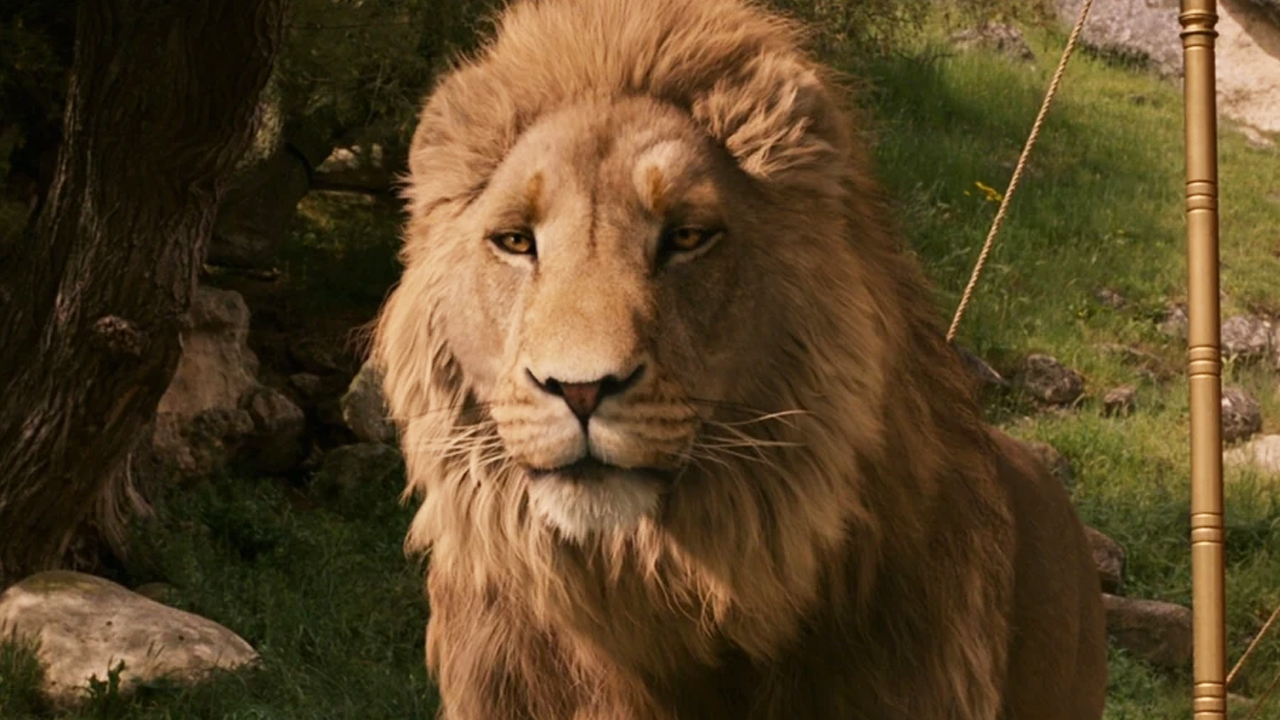
The Chronicles Of Narnia: The Lion, The Witch And The Wardrobe (2005)
The first volume of C.S. Lewis’s seven-part fantasy novel series, published in 1950, was adapted into a critically and commercially successful adventure set in a wondrous land. The next two books in the series, collectively known as The Chronicles of Narnia, also received feature-length adaptations from Walt Disney Pictures and Walden Media.
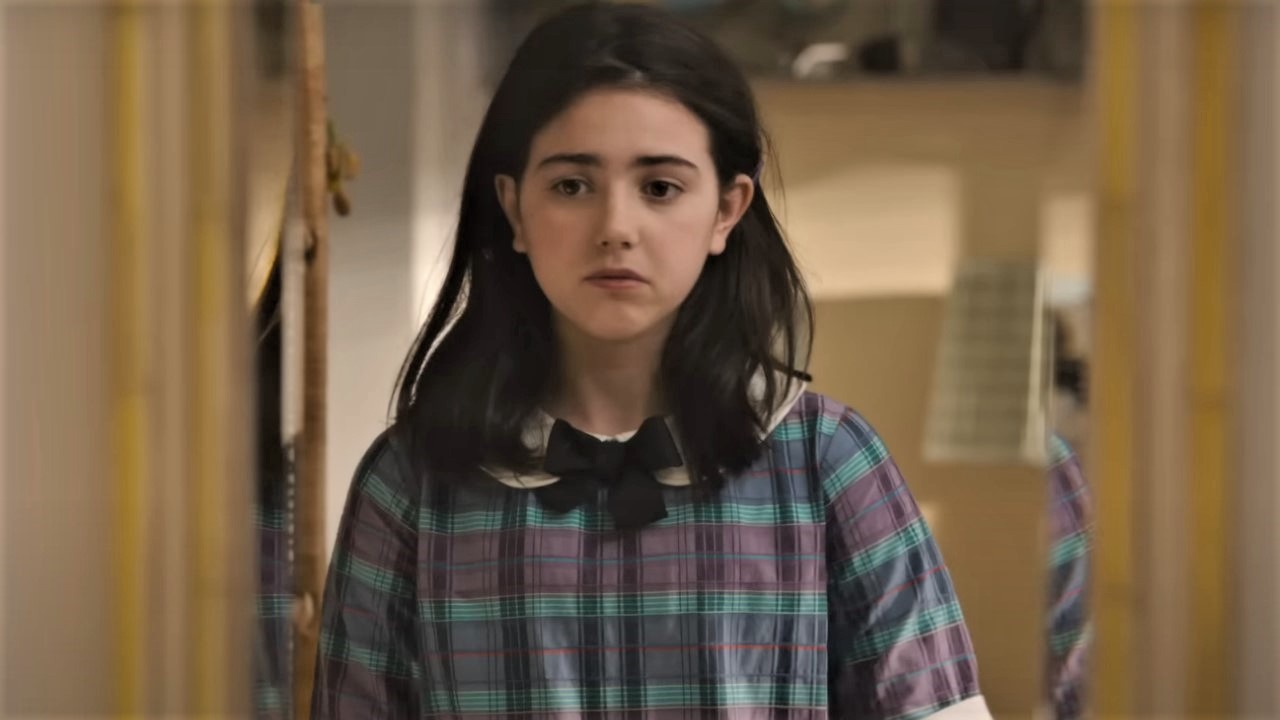
Are You There God? It's Me, Margaret. (2023)
Abby Ryder Fortson makes her film debut in the first feature based on Are You There God? It's Me, Margaret., which also stars Oscar nominee Rachel McAdams as the title character's supportive mother. Author Judy Blume shared with Today that she believes writer and director Kelly Fremon Craig’s adaptation surpassed her own novel, which offered a groundbreaking inside look at the pains of female adolescence in 1970.
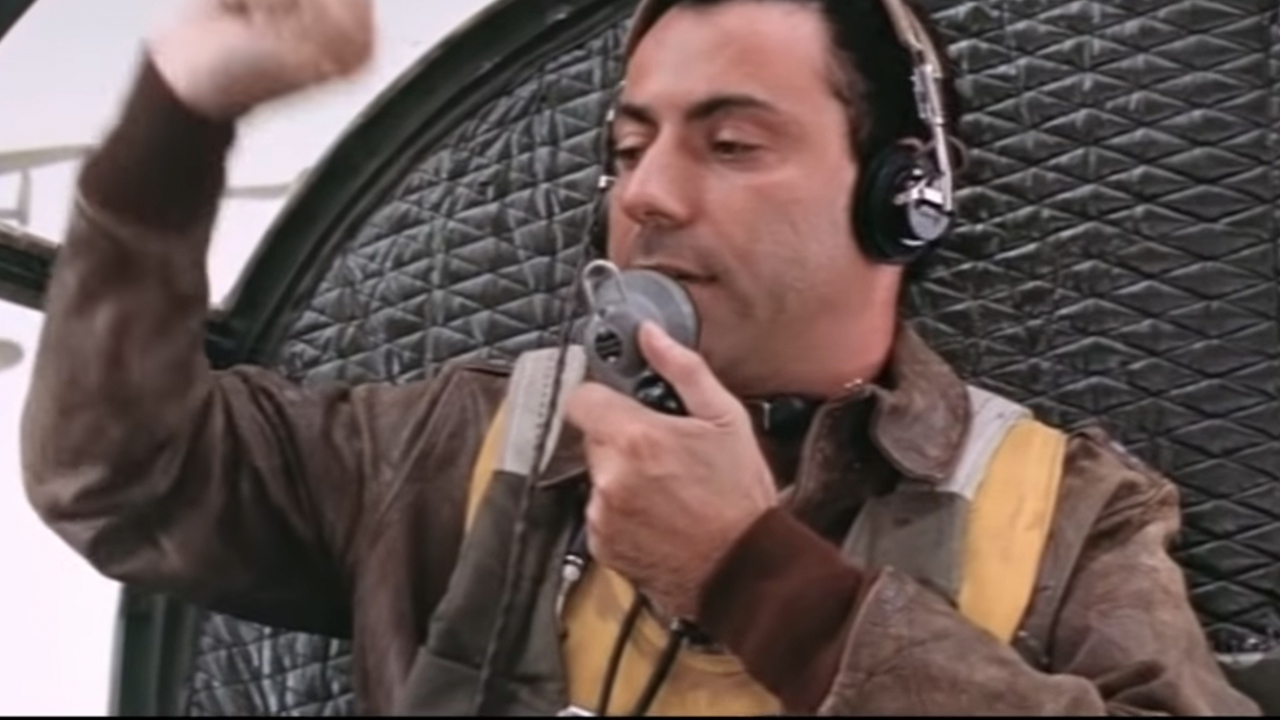
Catch-22 (1970)
Director Mike Nichols and writer Buck Henry adapted Joseph Heller’s 1961 novel into the star-studded WWII-era satire Catch-22, starring Alan Arkin and Bob Newhart. The book also inspired a Hulu original miniseries released in 2019 starring Christopher Abbott and George Clooney, who also executive produced.
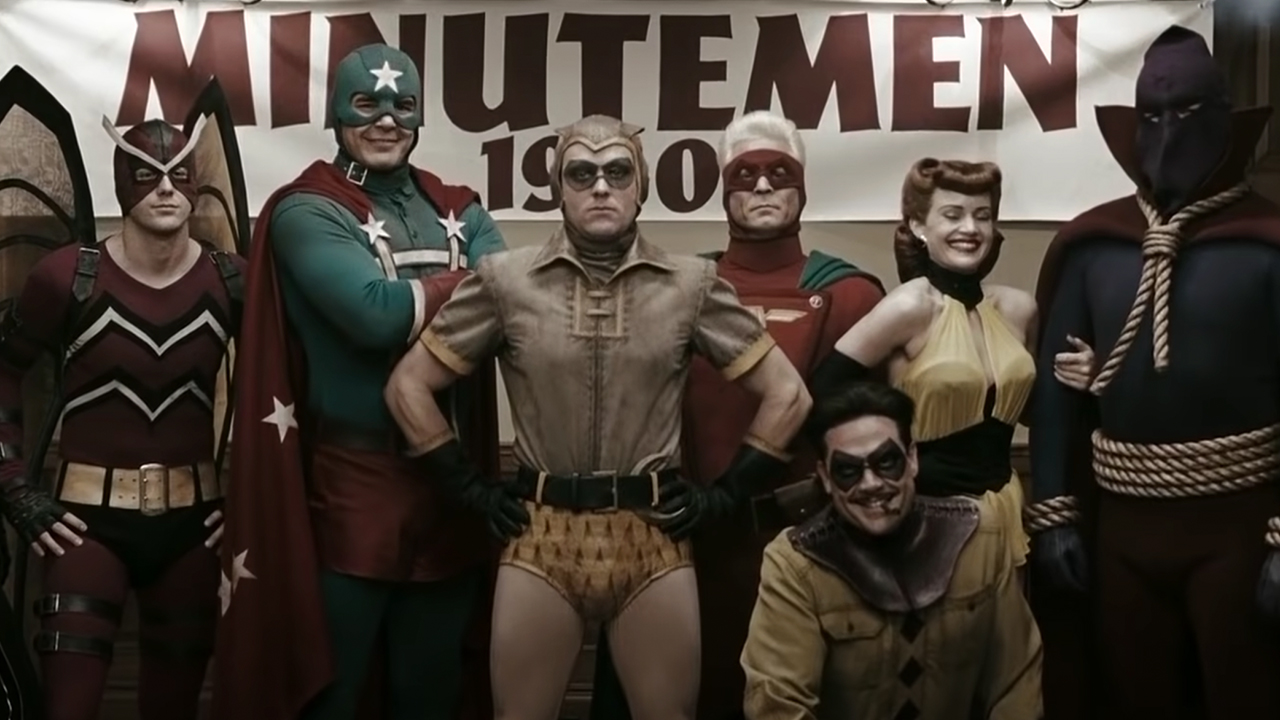
Watchmen (2009)
Many credit the long-awaited acceptance of comic book fiction as earnest literature with writer Alan Moore and illustrator Dave Gibbons and their groundbreaking graphic novel, Watchmen, which was originally published by DC in 12 parts between 1986 and 1987. Director Zack Snyder first adapted the story of costumed crimefighters coming out of retirement years after vigilanteism is banned into a live-action film 15 years before Warner Bros. released a two-part animated feature in 2024.

The Joy Luck Club (1993)
Amy Tan's influential 1989 novel, The Joy Luck Club, depicts the eye-opening experiences of four different women from a Chinese family. The author made a cameo in the film adaptation from director Wayne Wang.
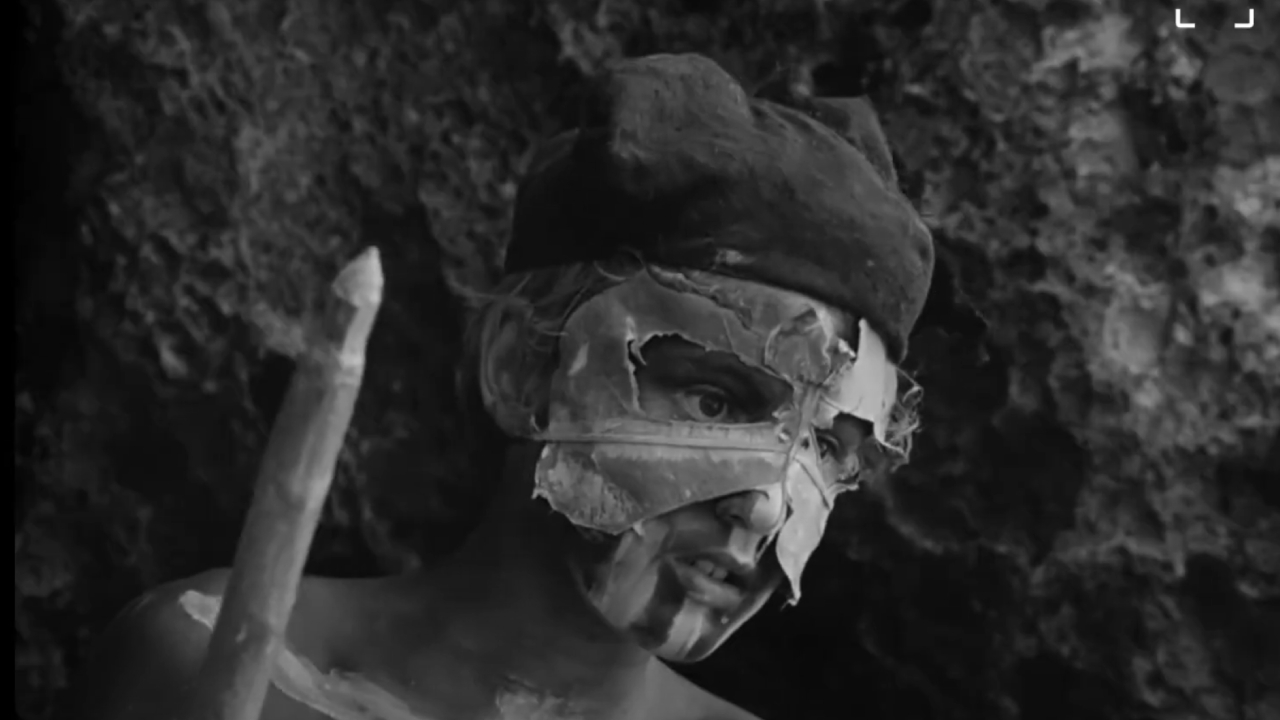
Lord Of The Flies (1963)
William Golding’s seminal coming-of-age survival novel, Lord of the Flies, was first adapted for cinema nine years after it was published. Writer and director Peter Brook’s adaptation is considered to be more a faithful take on the story of adolescent boys stranded on a desert island than the American version released in 1990 by director Harry Hook.
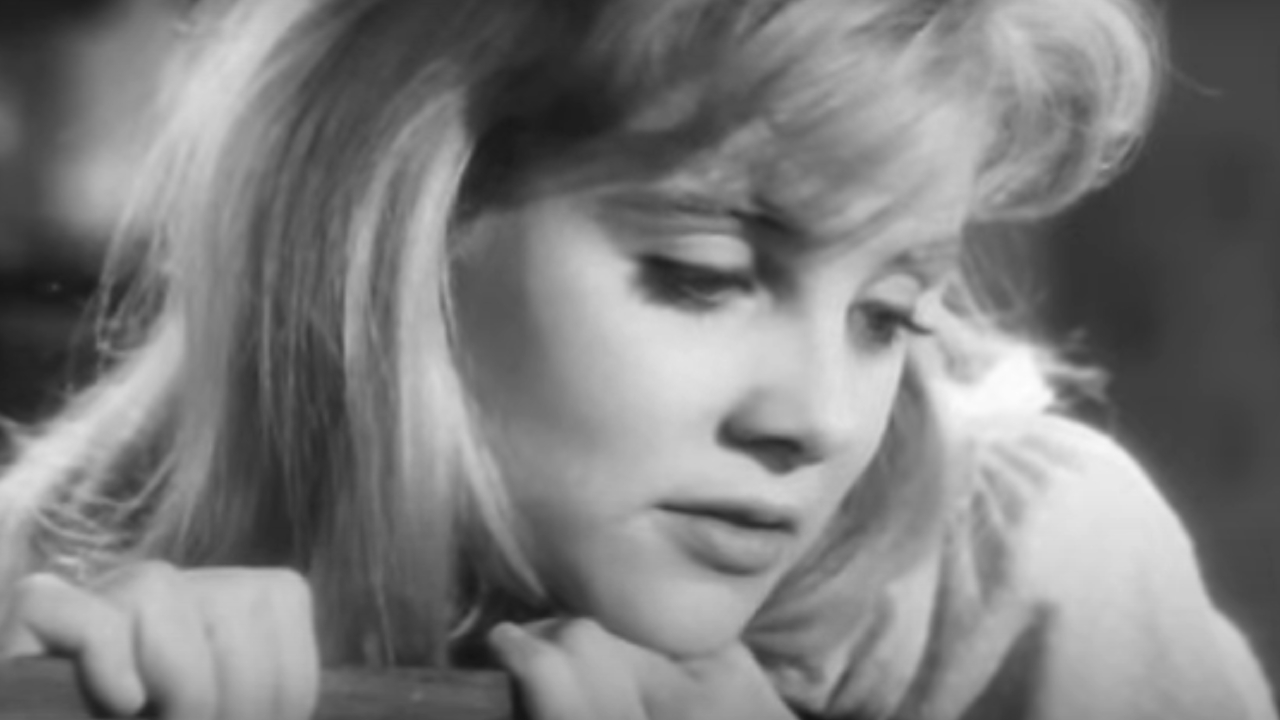
Lolita (1962)
Vladimir Nabokov’s provocative 1955 novel, Lolita – the story of a middle-aged college professor obsessed with his teenage stepdaughter – was first adapted for cinema by director Stanley Kubrick in the early 1960s, starring James Mason and Sue Lyon in the title role. Director Adrian Lyne would later remake the drama in 1997 with Jeremy Irons and Dominique Swain.
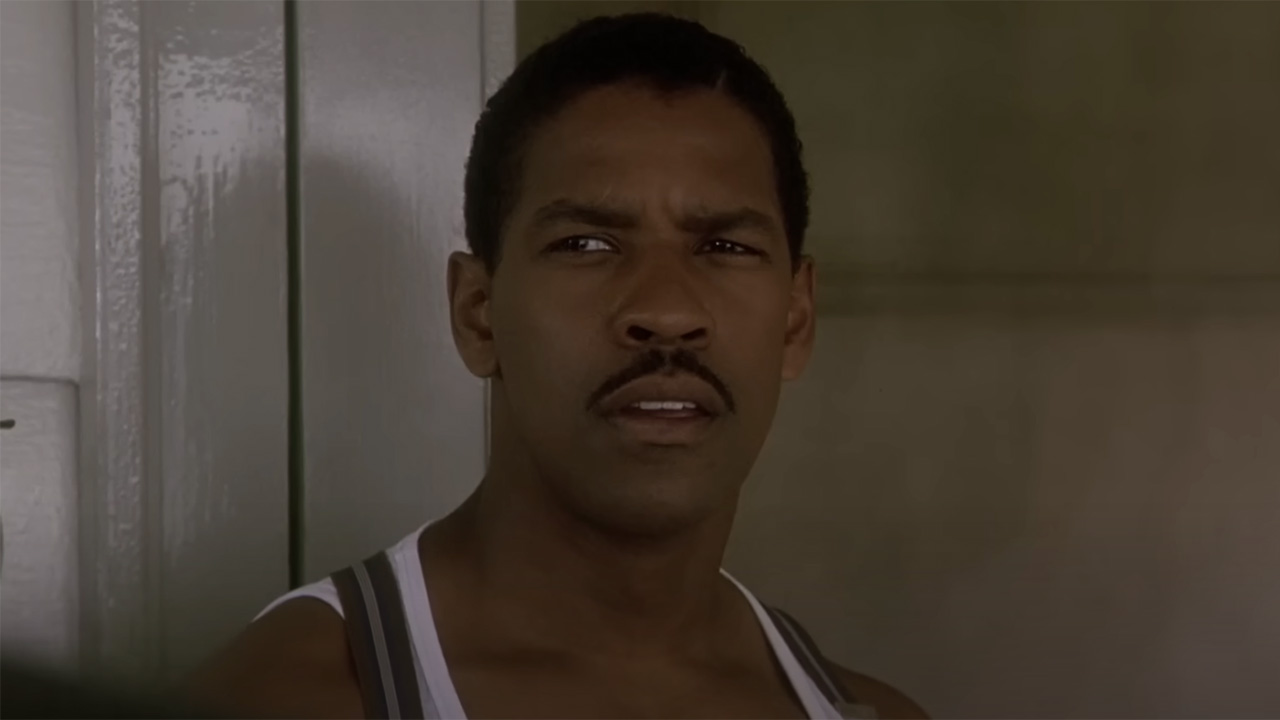
Devil In A Blue Dress (1995)
Denzel Washington portrays one of the most iconic Black detectives in pop culture, Ezekiel "Easy" Rawlins, in Devil in a Blue Dress. Based on Walter Mosley's 1990 novel, and the first to feature the character, the gritty period piece follows the World War II veteran as he becomes embroiled in the search for a mysterious woman.
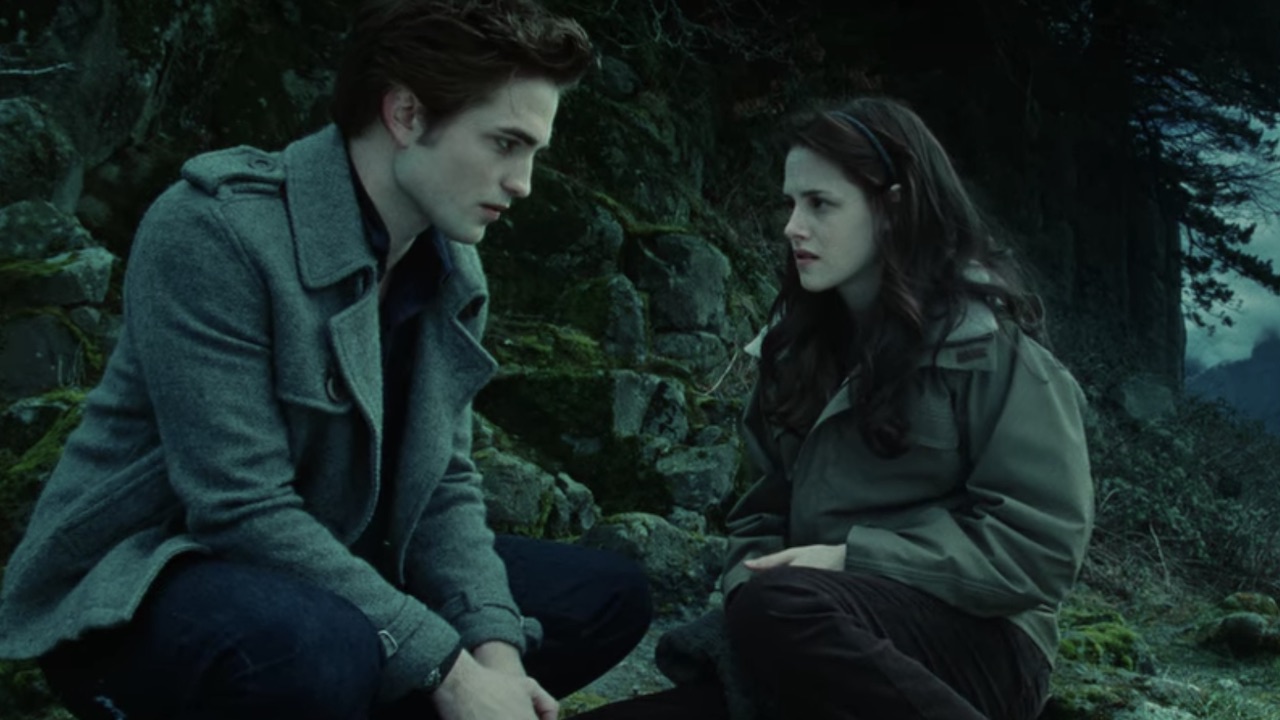
The Twilight Movies (2008-2013)
Stephanie Meyer became one of the most popular authors of her time with 2008's Twilight and its three sequels, New Moon, Eclipse, and Breaking Dawn. The saga, chronicling a teenage girl’s complicated romance with a vampire, was adapted into five box-office hits that made A-listers out of Kristen Stewart and Robert Pattinson.
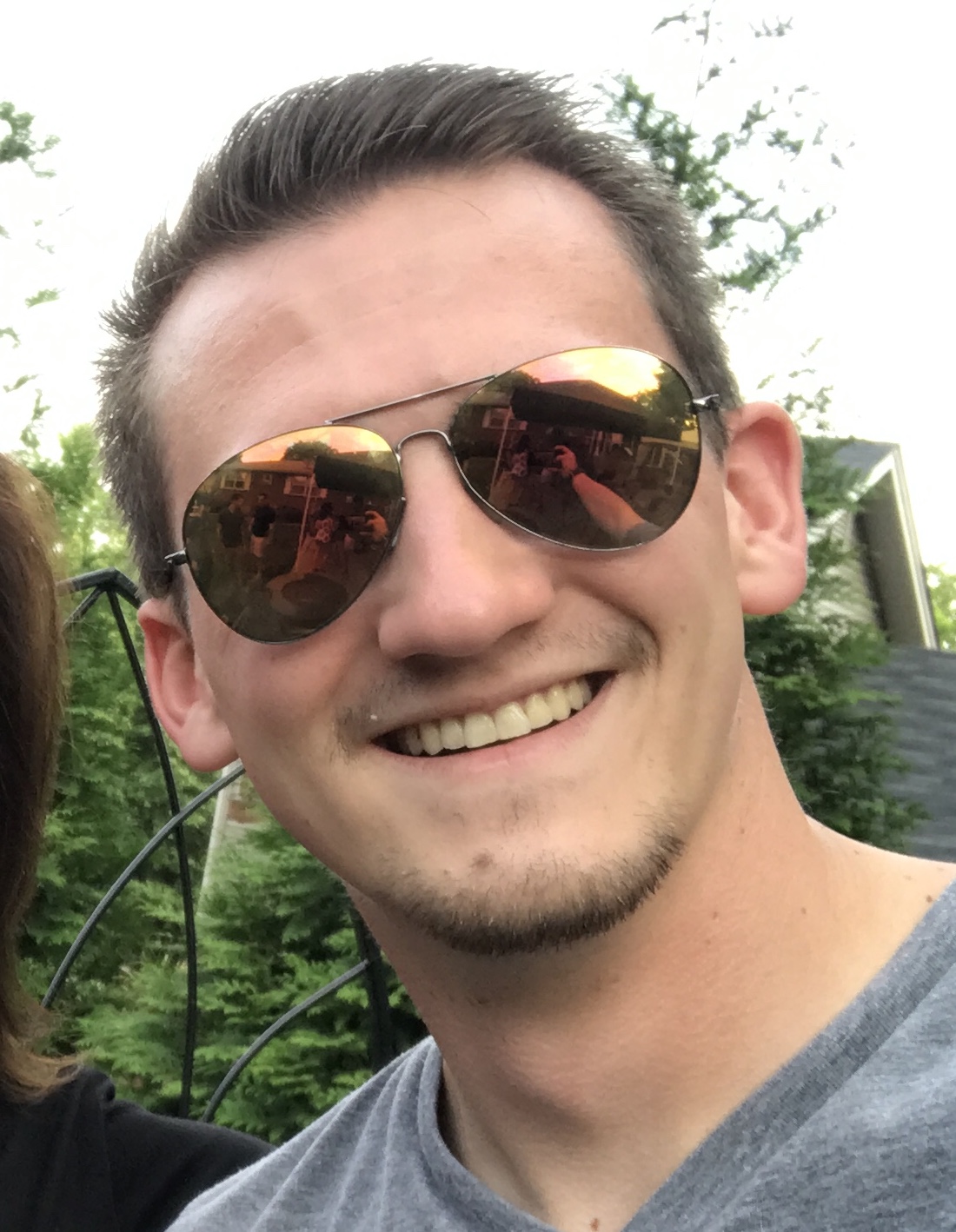
Jason Wiese writes feature stories for CinemaBlend. His occupation results from years dreaming of a filmmaking career, settling on a "professional film fan" career, studying journalism at Lindenwood University in St. Charles, MO (where he served as Culture Editor for its student-run print and online publications), and a brief stint of reviewing movies for fun. He would later continue that side-hustle of film criticism on TikTok (@wiesewisdom), where he posts videos on a semi-weekly basis. Look for his name in almost any article about Batman.
You must confirm your public display name before commenting
Please logout and then login again, you will then be prompted to enter your display name.
